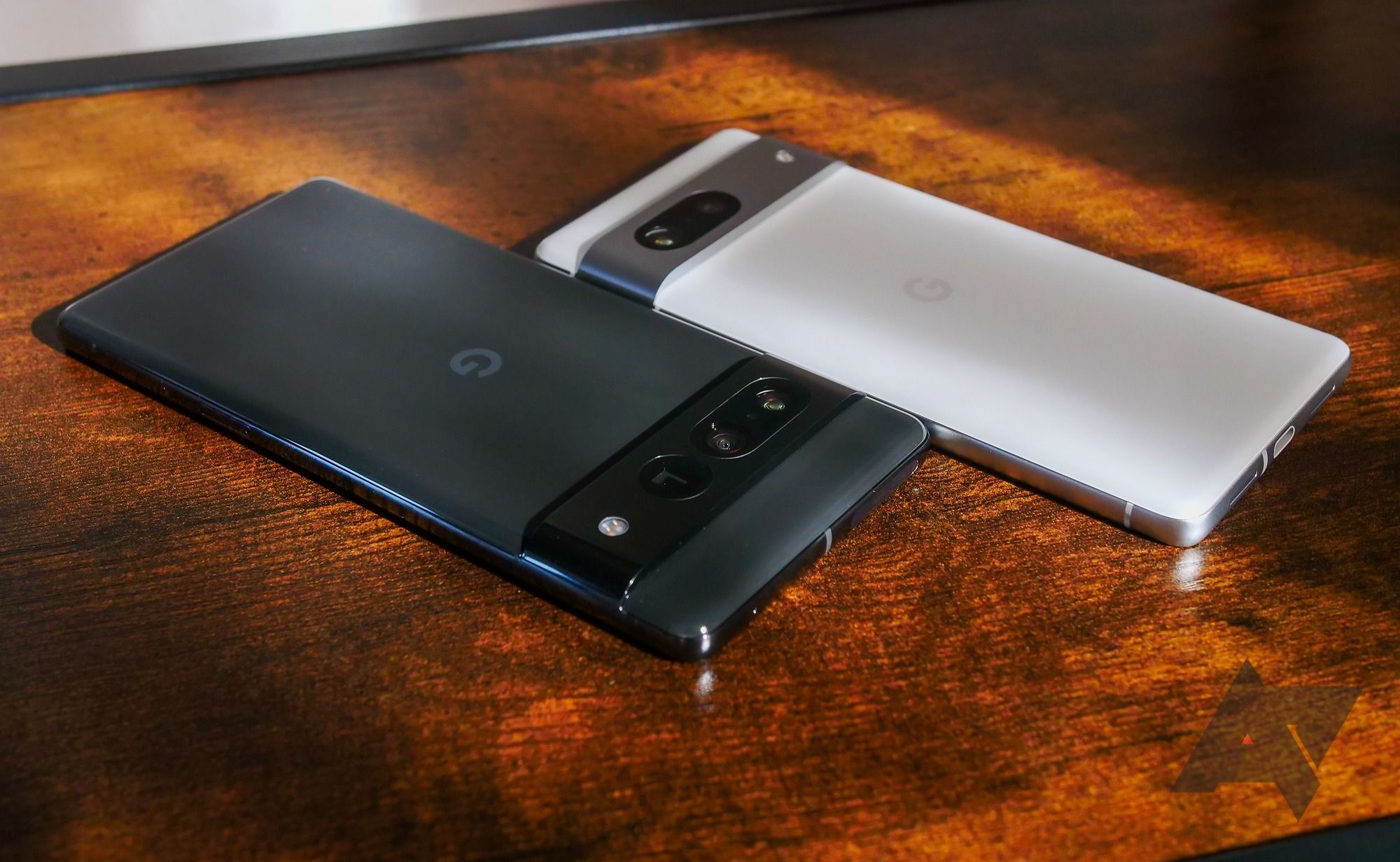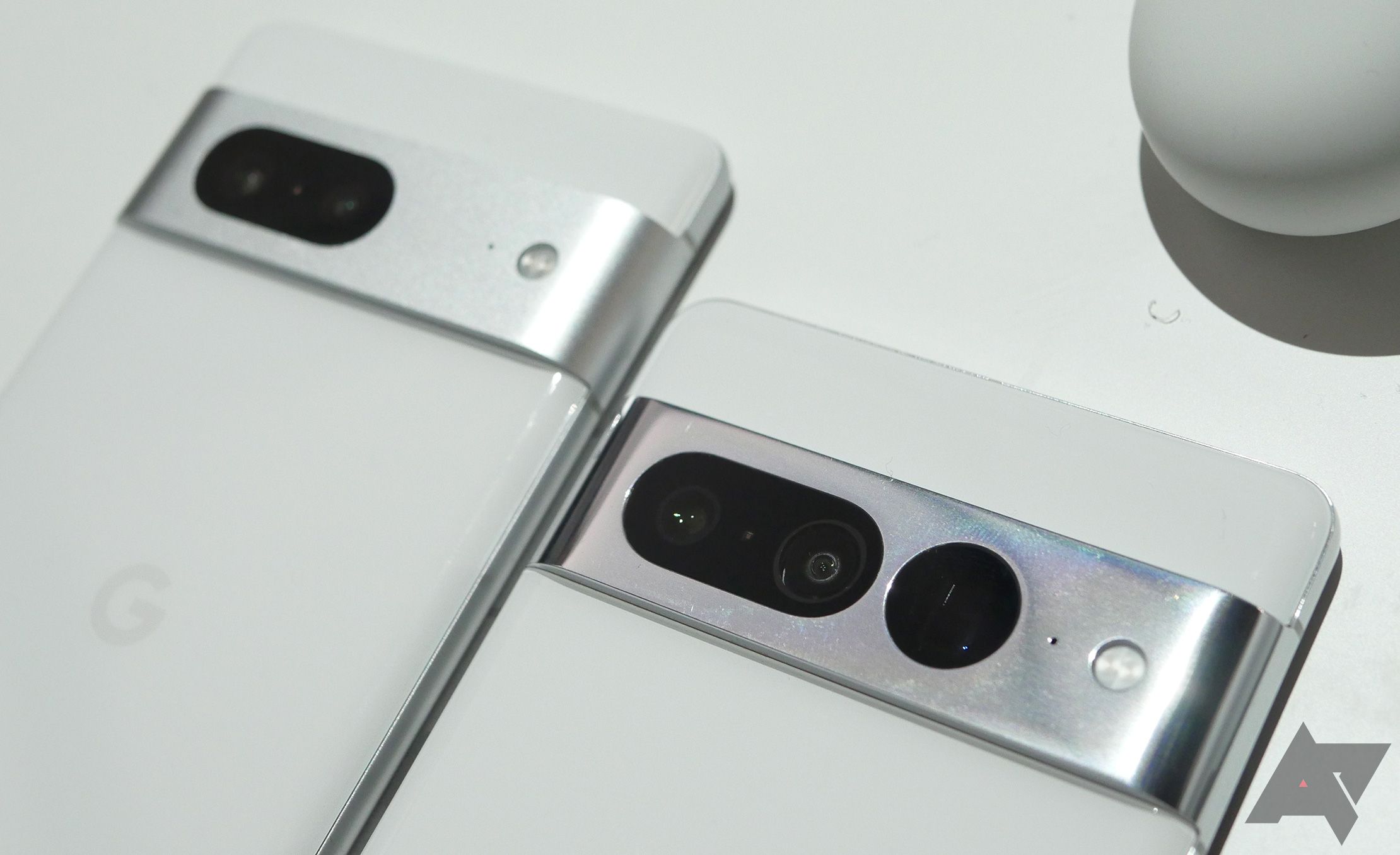Quick Links
If you're a shutterbug in the market for a new phone, you can't do better than the Google Pixel 7 and Google Pixel 7 Pro. The company's 2022 flagships combine premium sensors with industry-leading computational photography to create incredible images. All you need to do is point and shoot. The Pixel 7 series doesn't offer an identical experience across the board. Thanks to the upgraded ultrawide lens on the Pixel 7 Pro and its exclusive 5x telephoto lens, Google's premium smartphone offers the flexibility you won't find on the smaller, cheaper model.
Months after launch, choosing between the Pixel 7 and Pixel 7 Pro can be a difficult decision, and the recent addition of the Pixel 7a only complicates things further. The camera remains the most prominent selling point for upgrading to Google's most expensive device, which is why we compare these lenses head-to-head. We tested the primary and ultrawide lenses on these phones and pitted the 5x digital zoom on the regular Pixel 7 against the 5x telephoto lens on the Pro, and the results might surprise you. Let's dive in.
Primary cameras
The Google Pixel 7 and the Pixel 7 Pro feature identical primary lenses: 50MP f/1.85 sensors with 82° FoV and OIS. So it should be no surprise that the shots both phones take are near-identical. Comparing these groups of photos is like playing a game of "spot the difference," with the only subtle changes being where the phone was held when the image was taken. For comparison, here are some examples, with the Pixel 7's image first and the Pixel 7 Pro's image second.

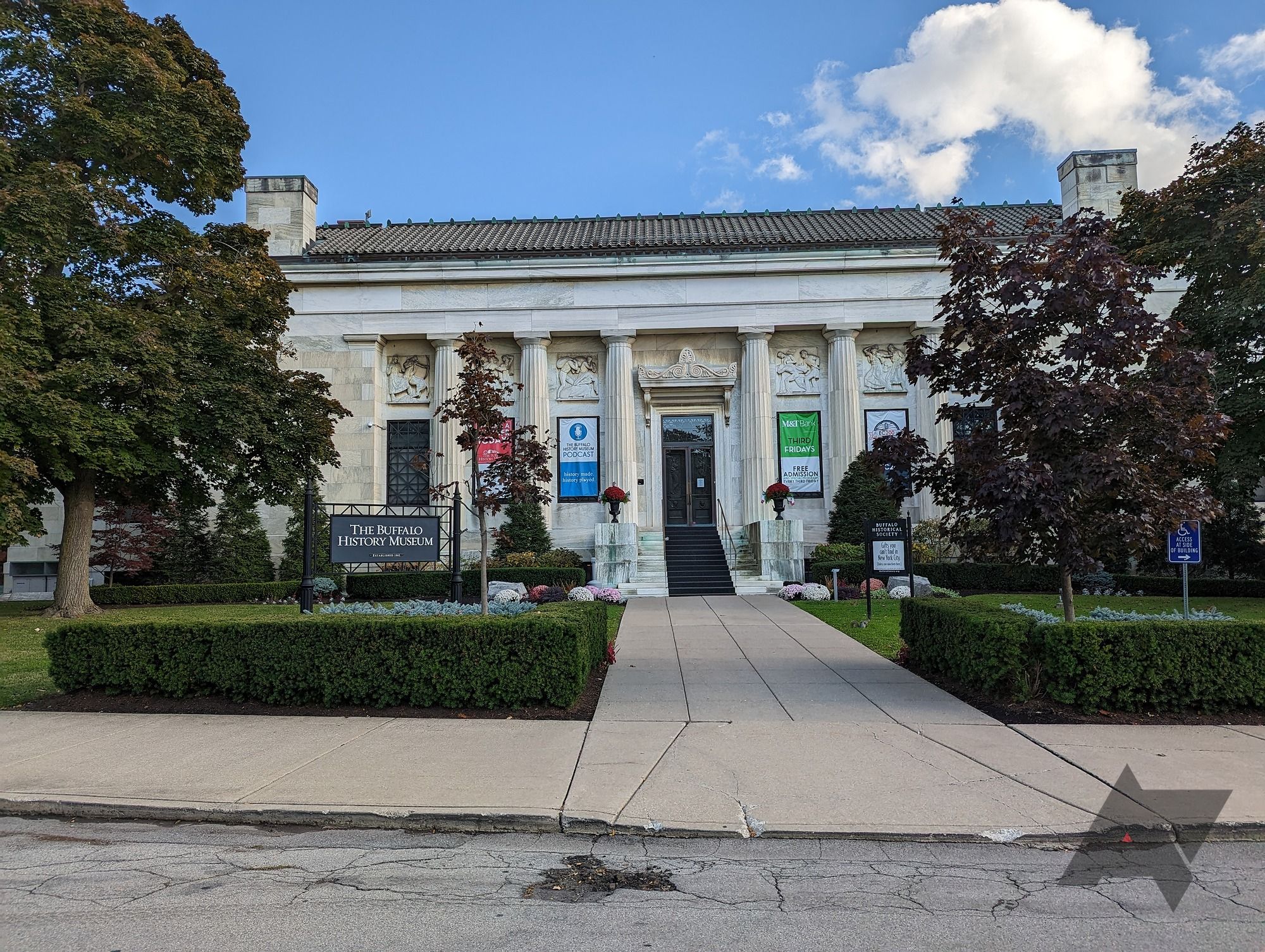
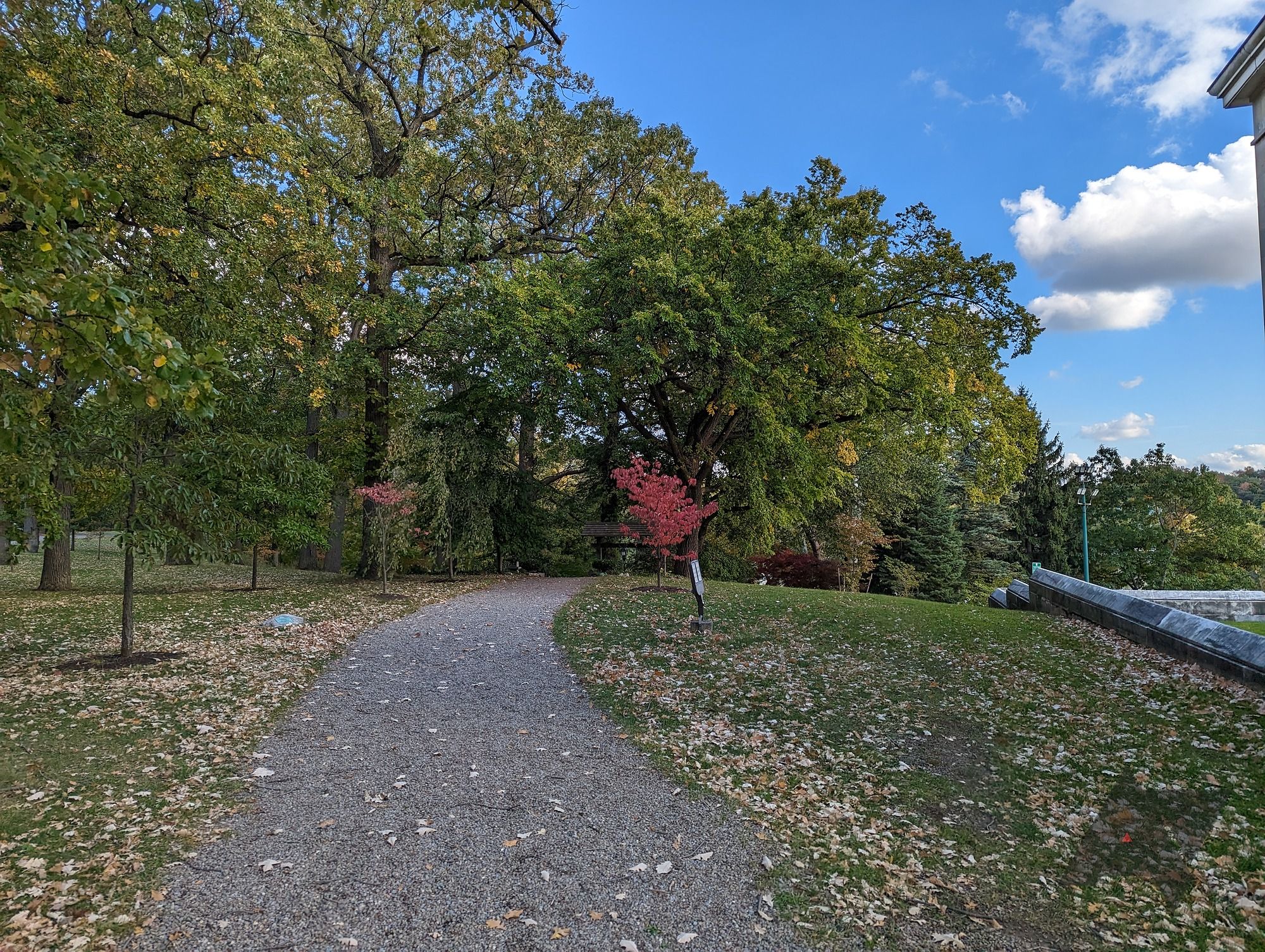
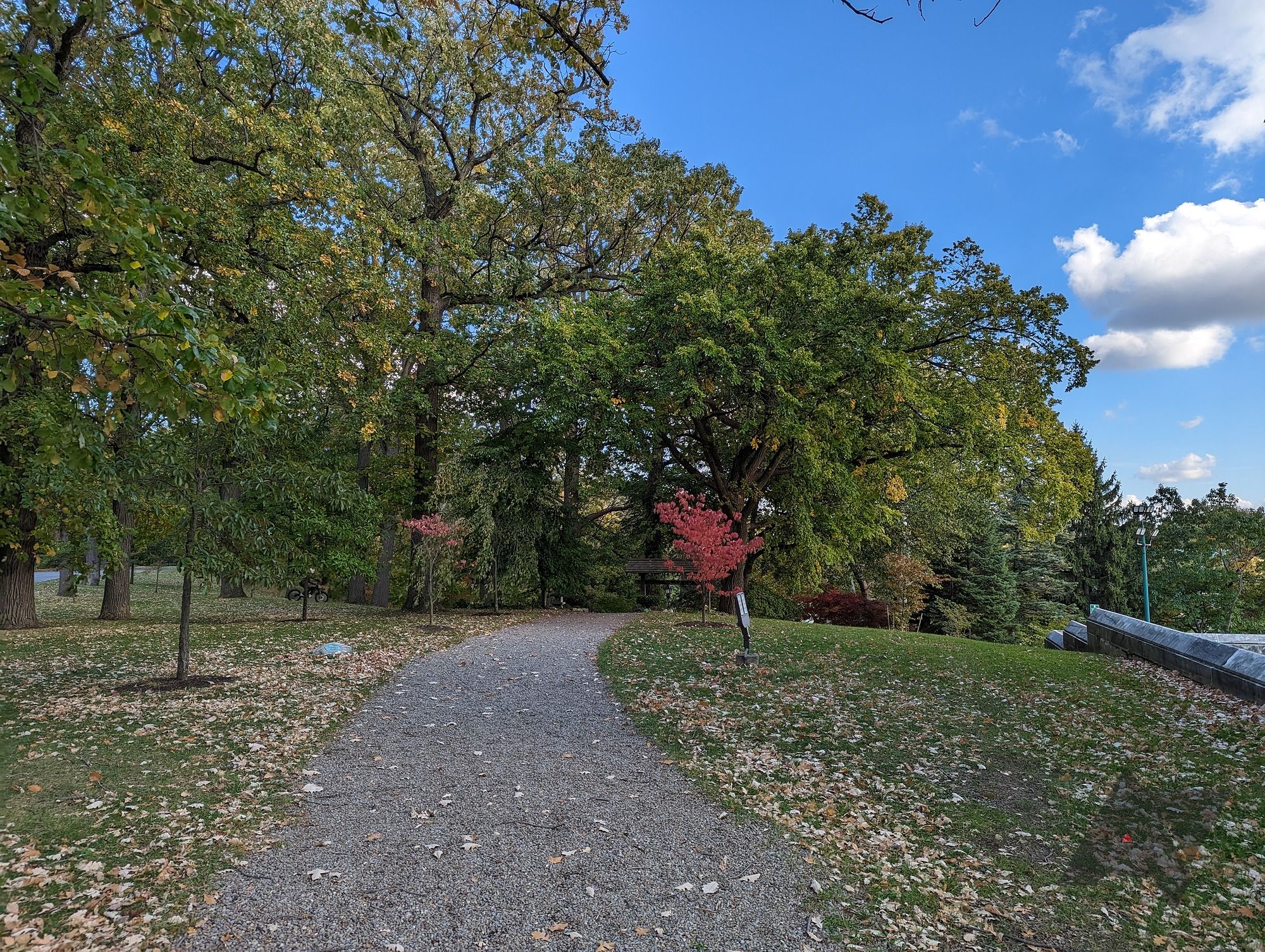
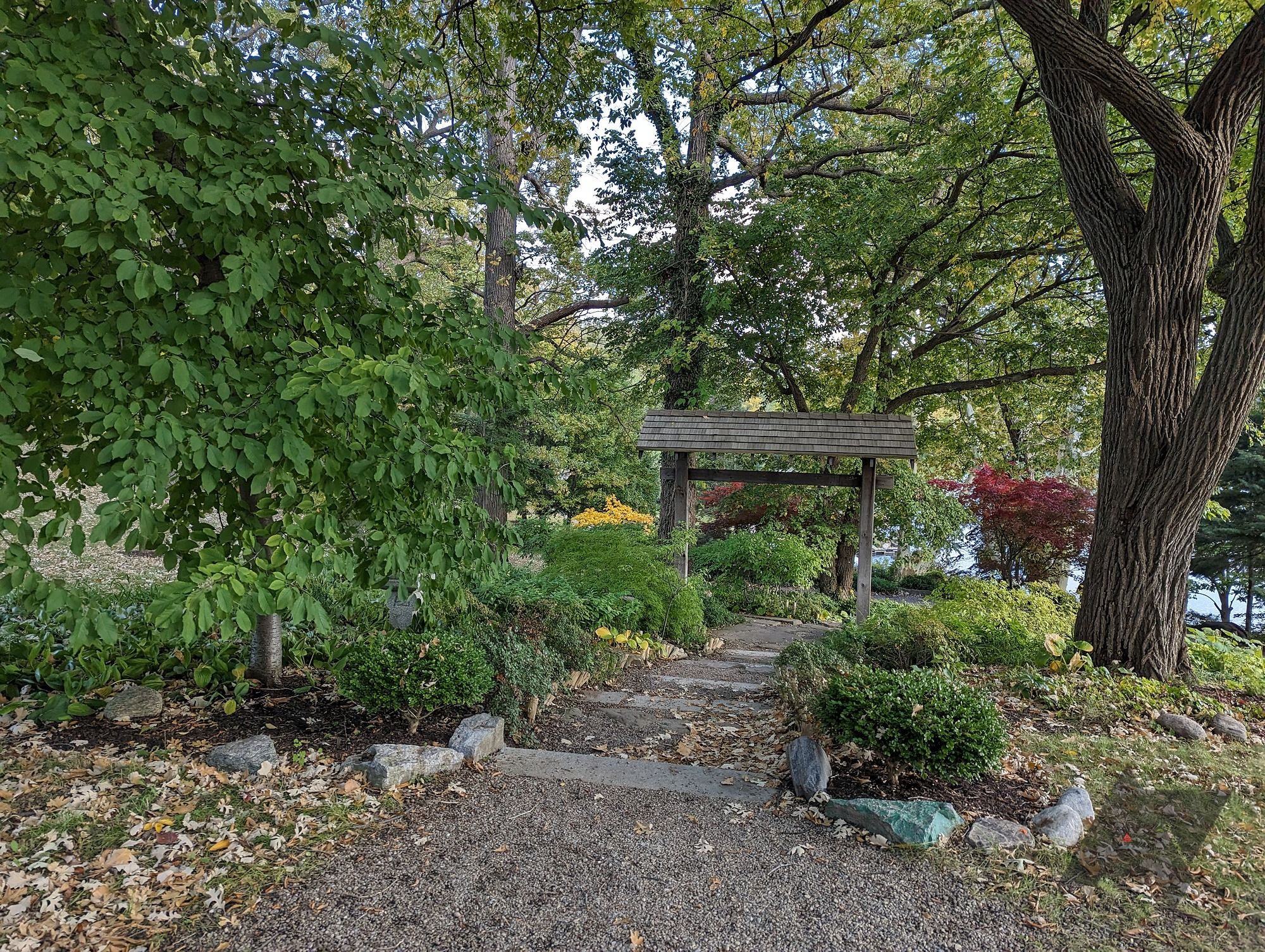
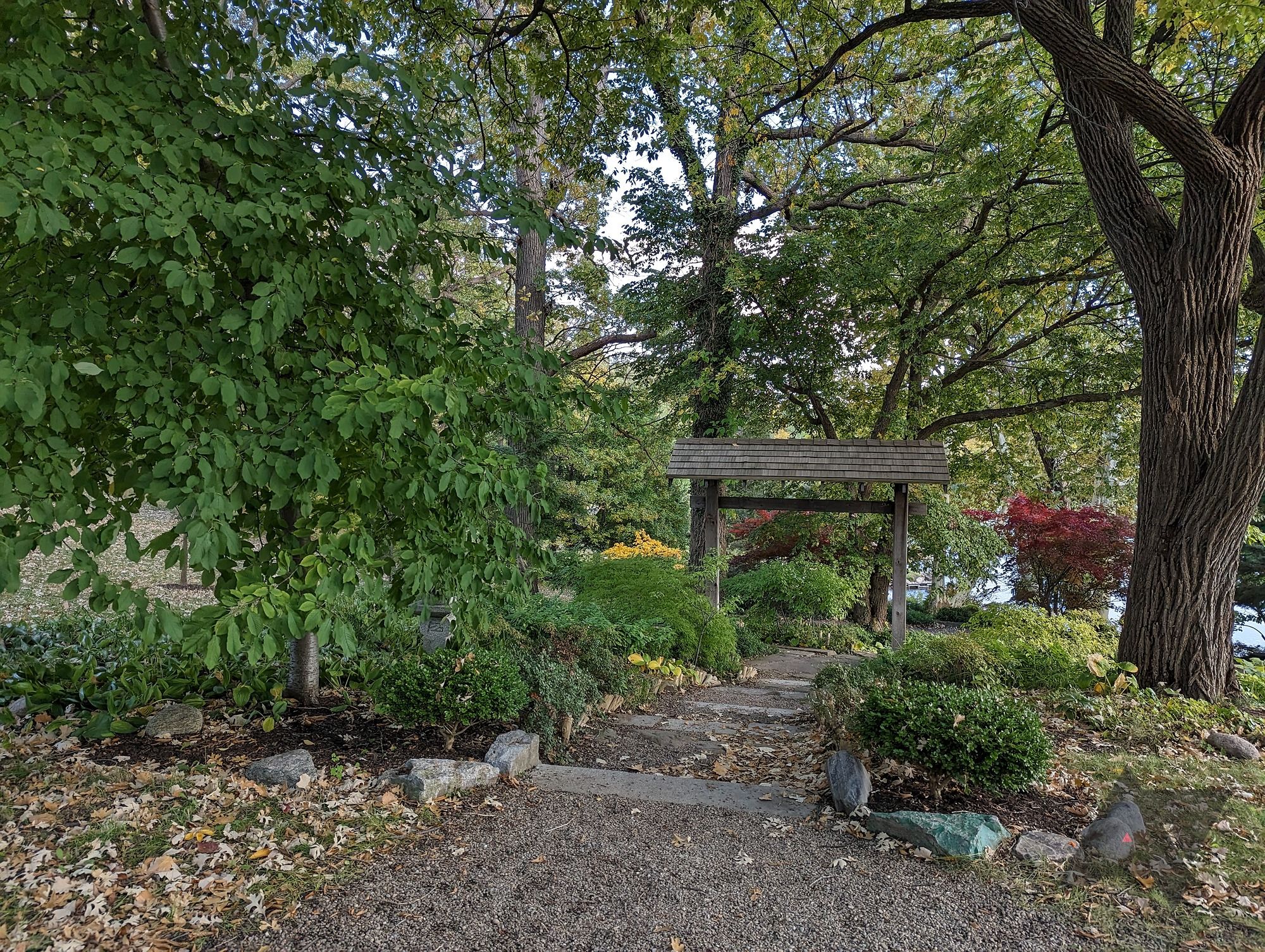
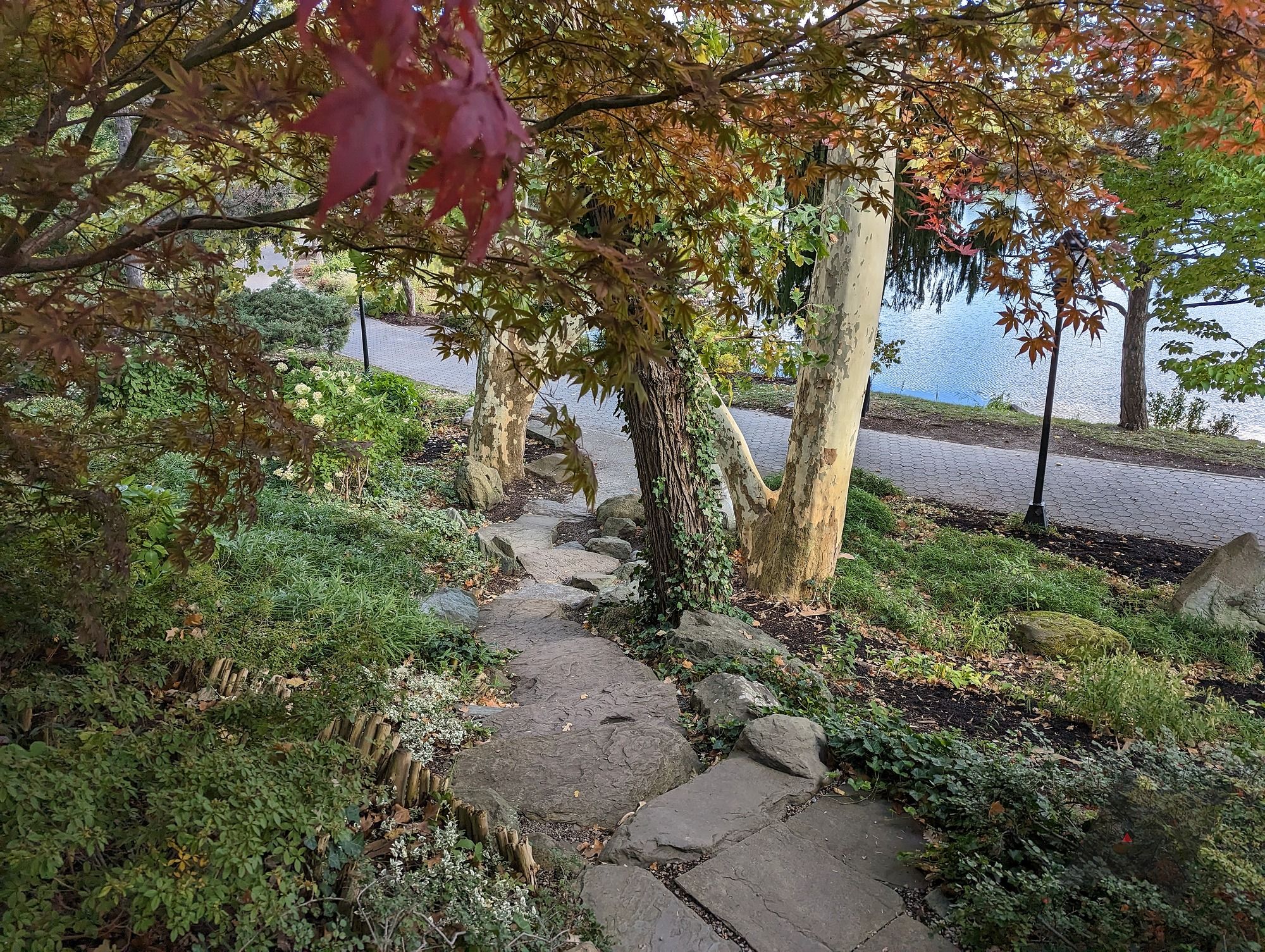
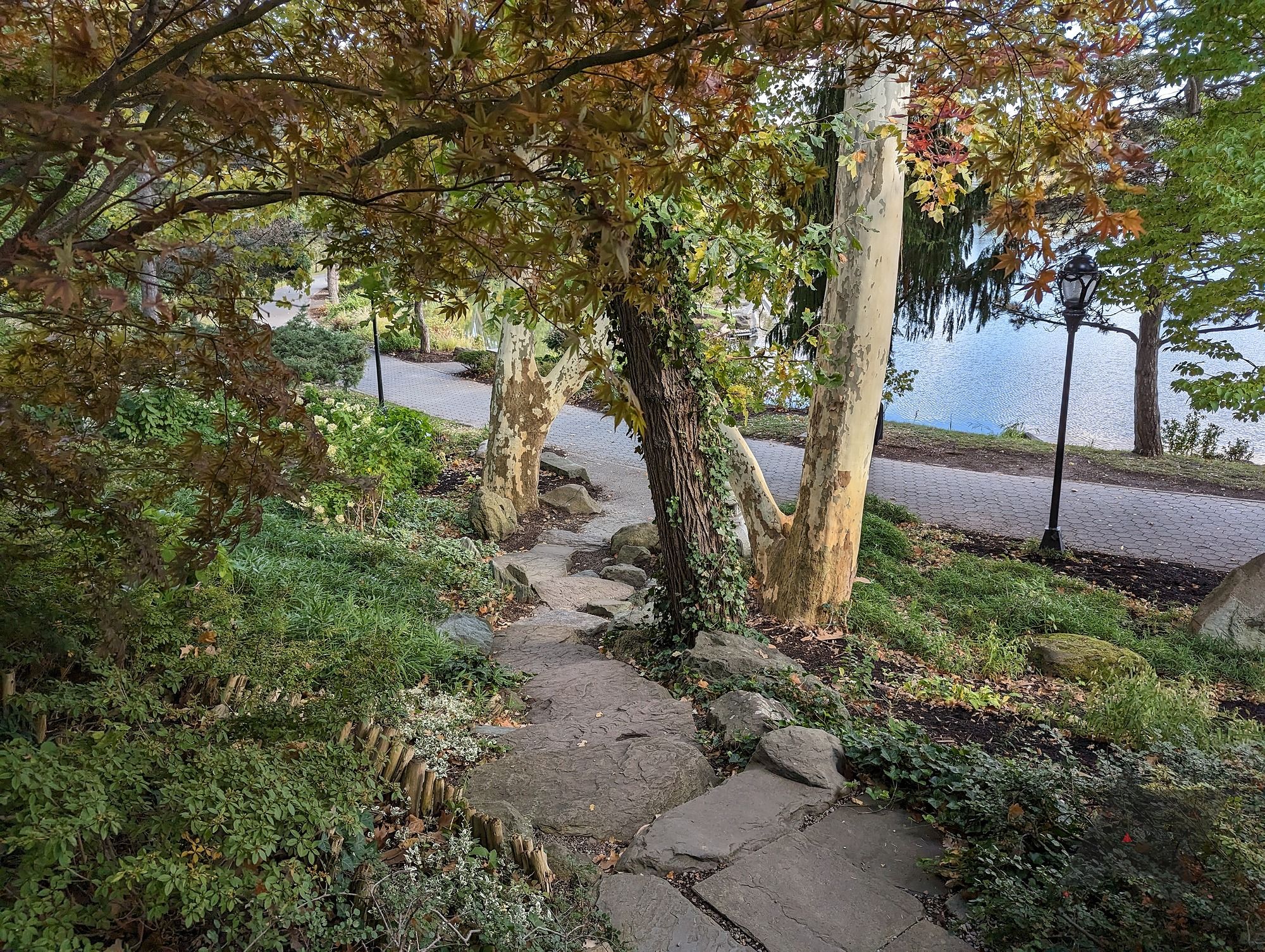
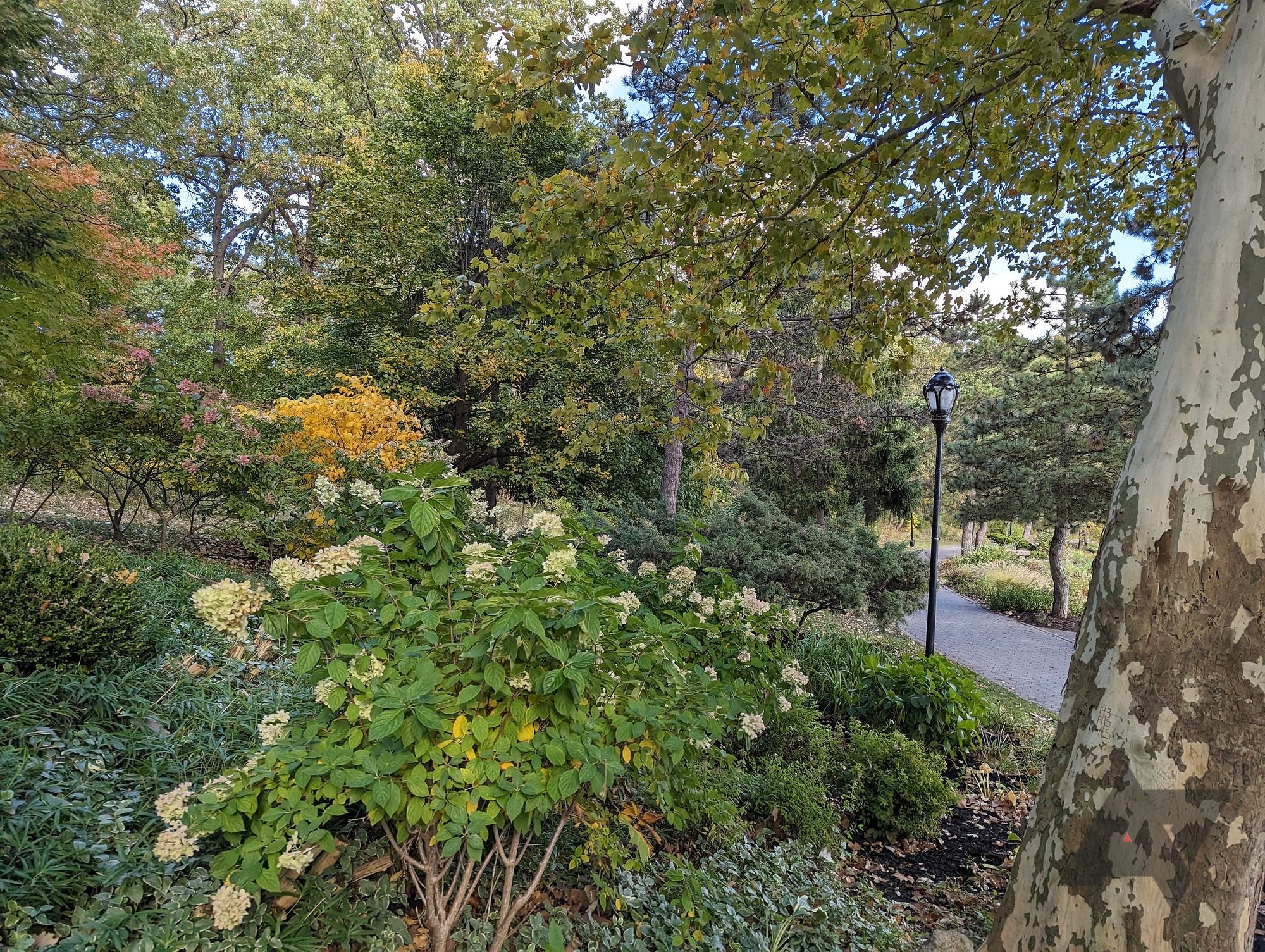
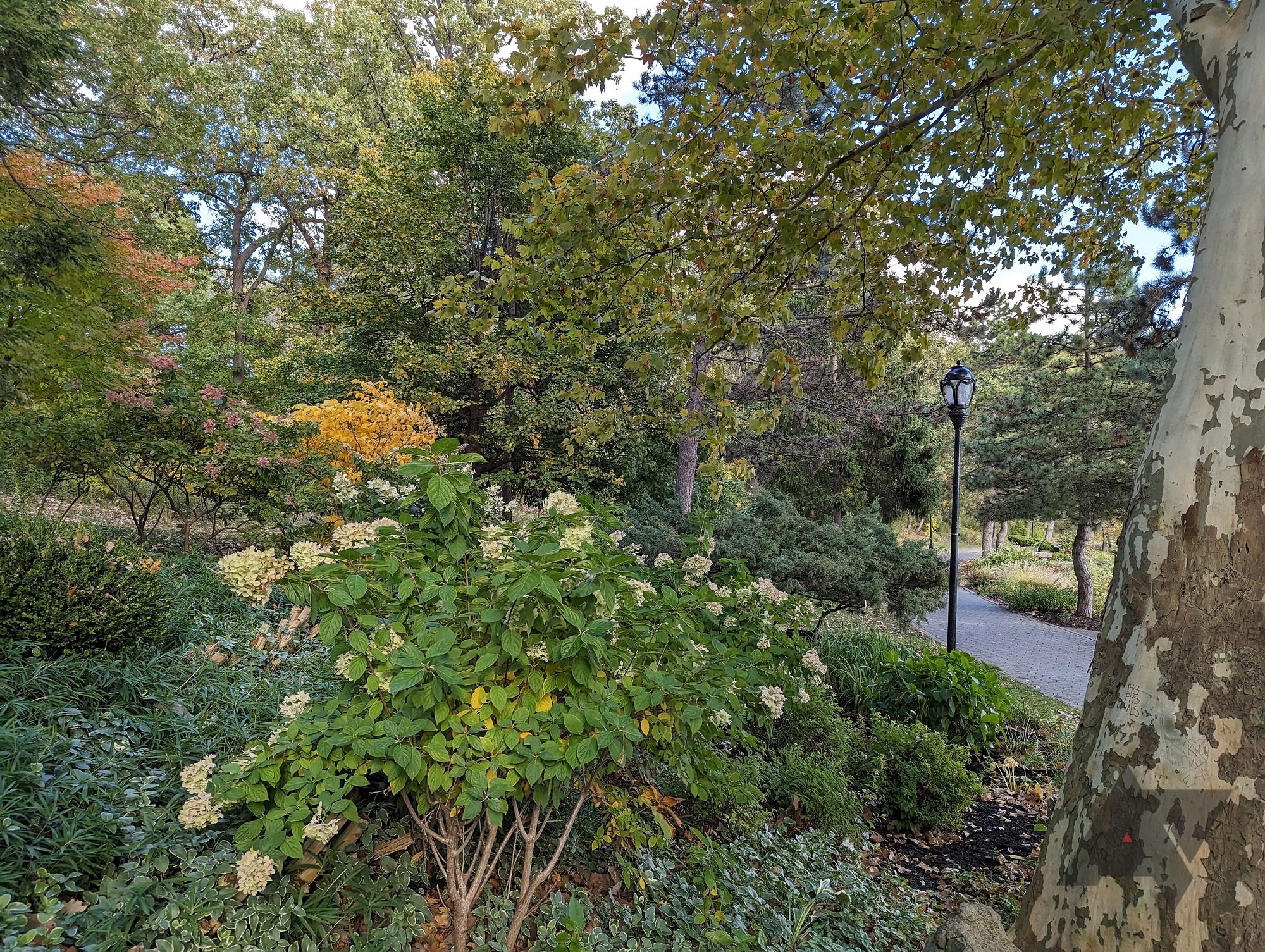
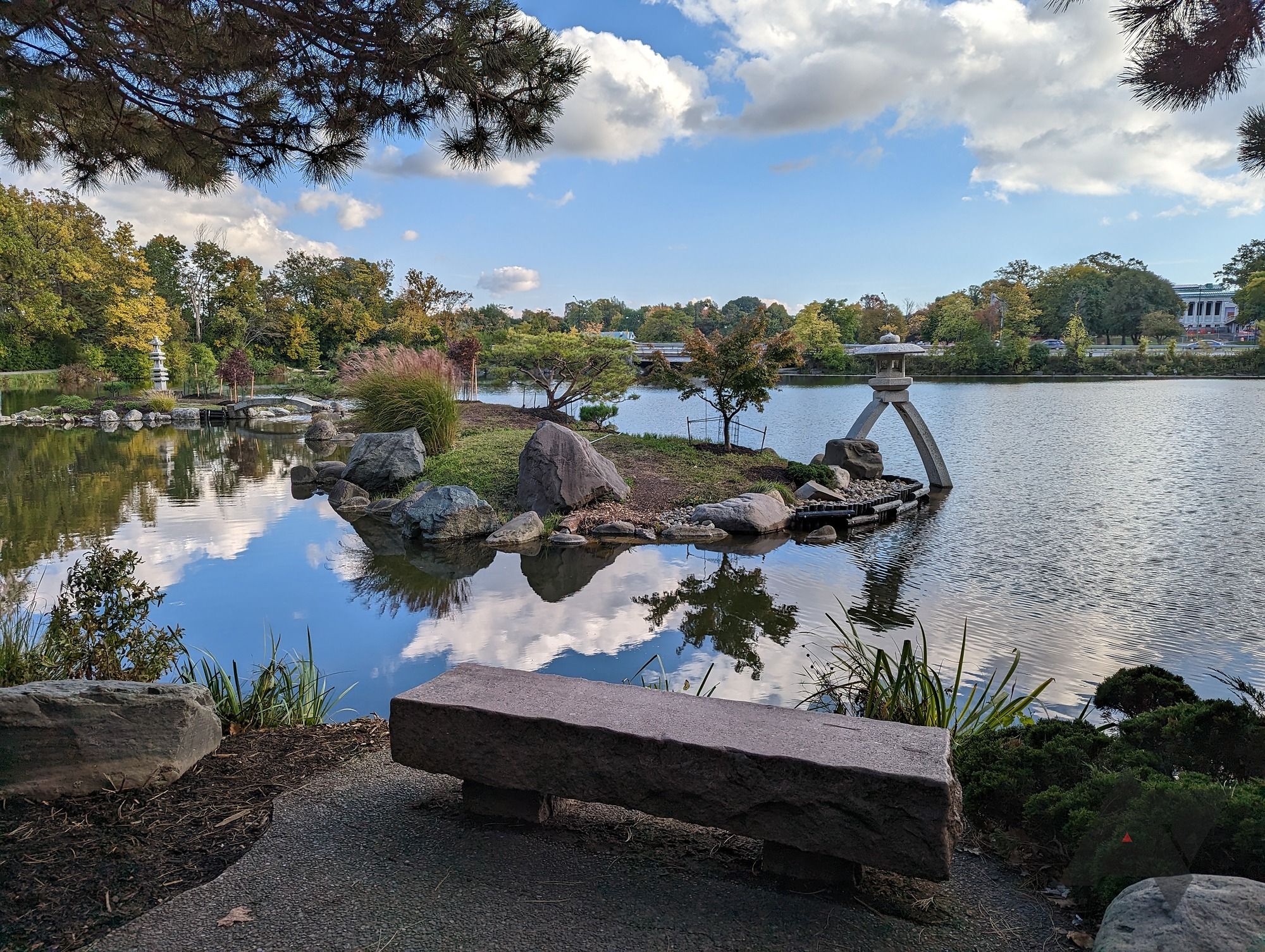
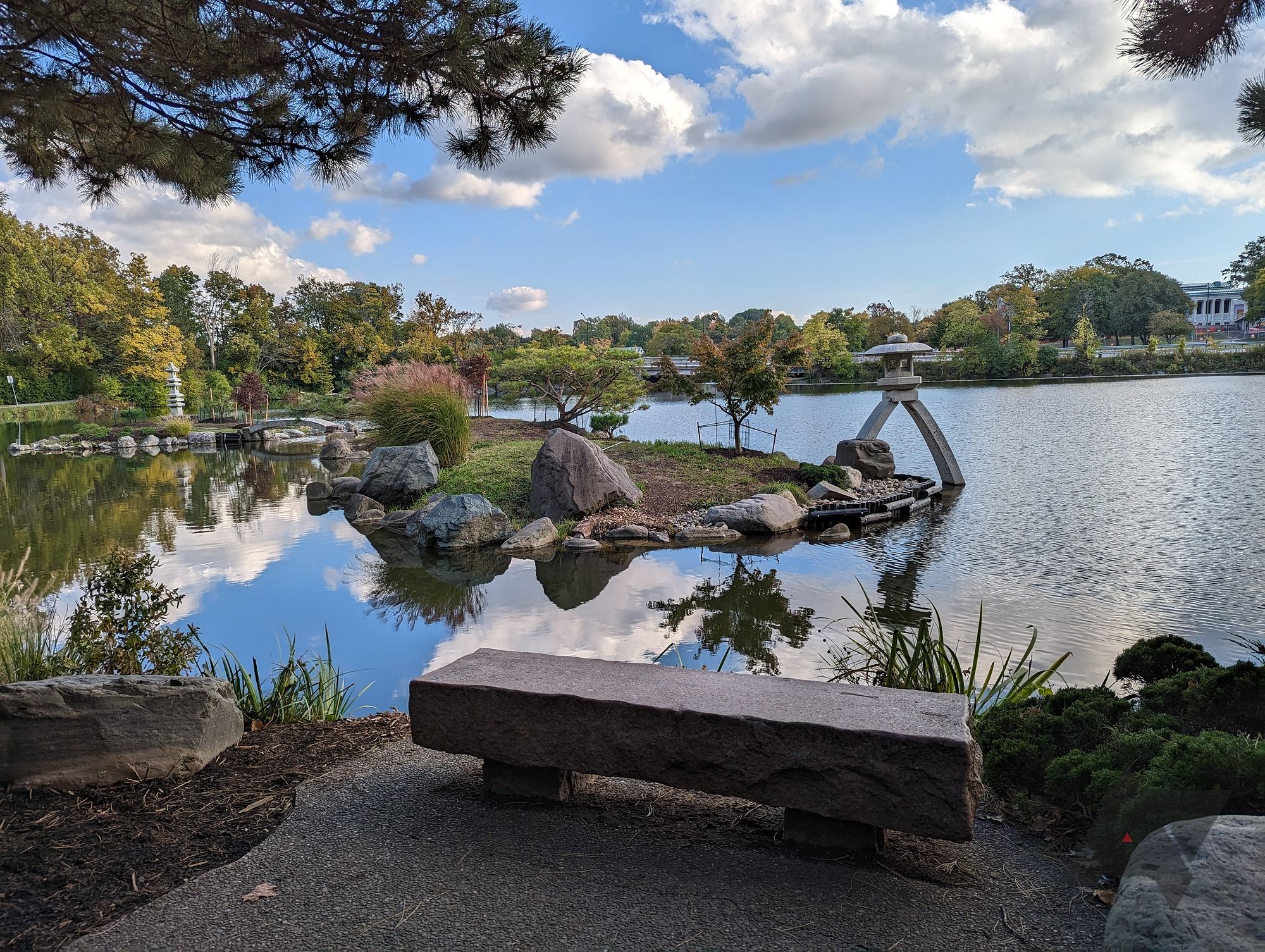
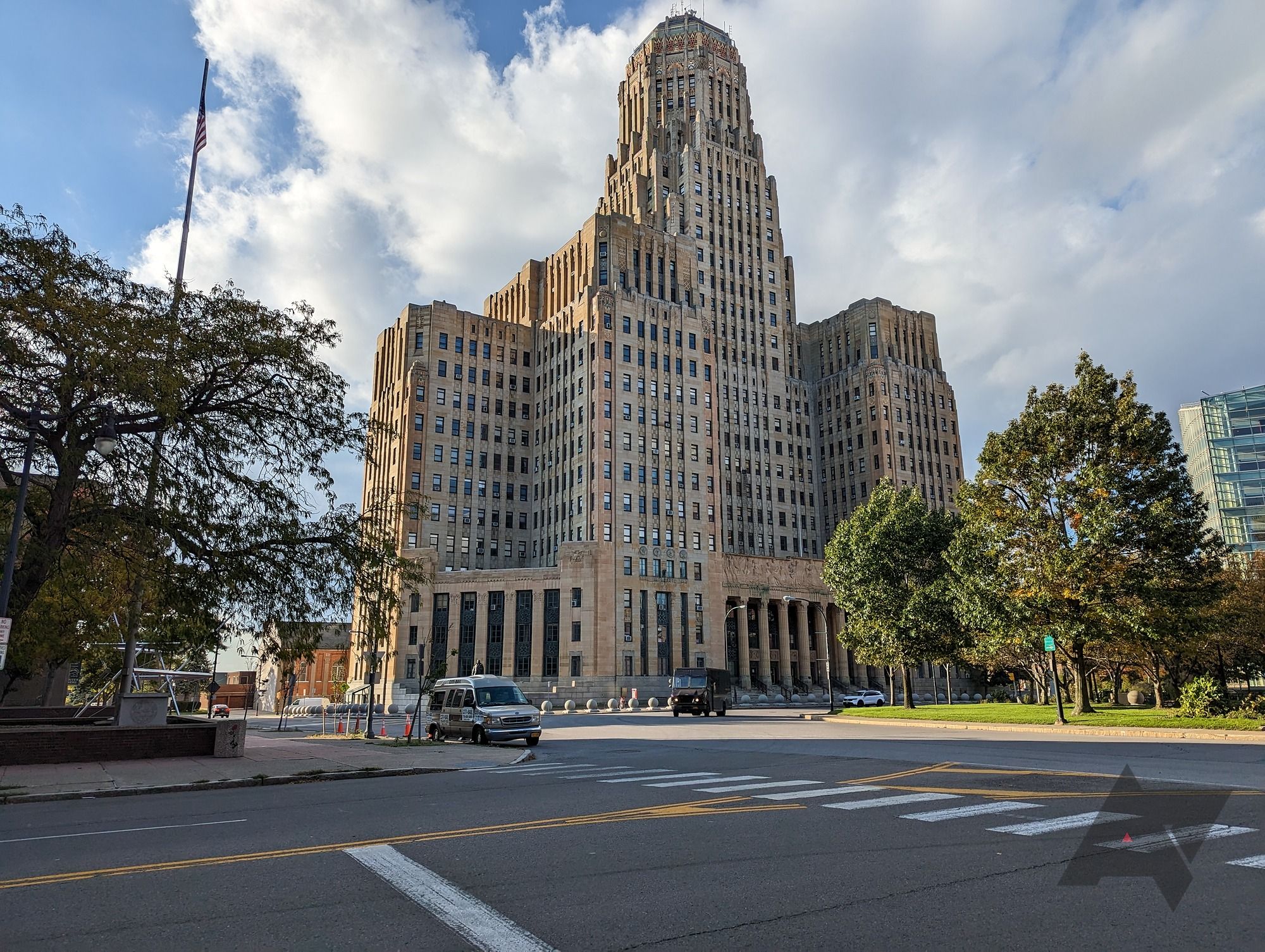
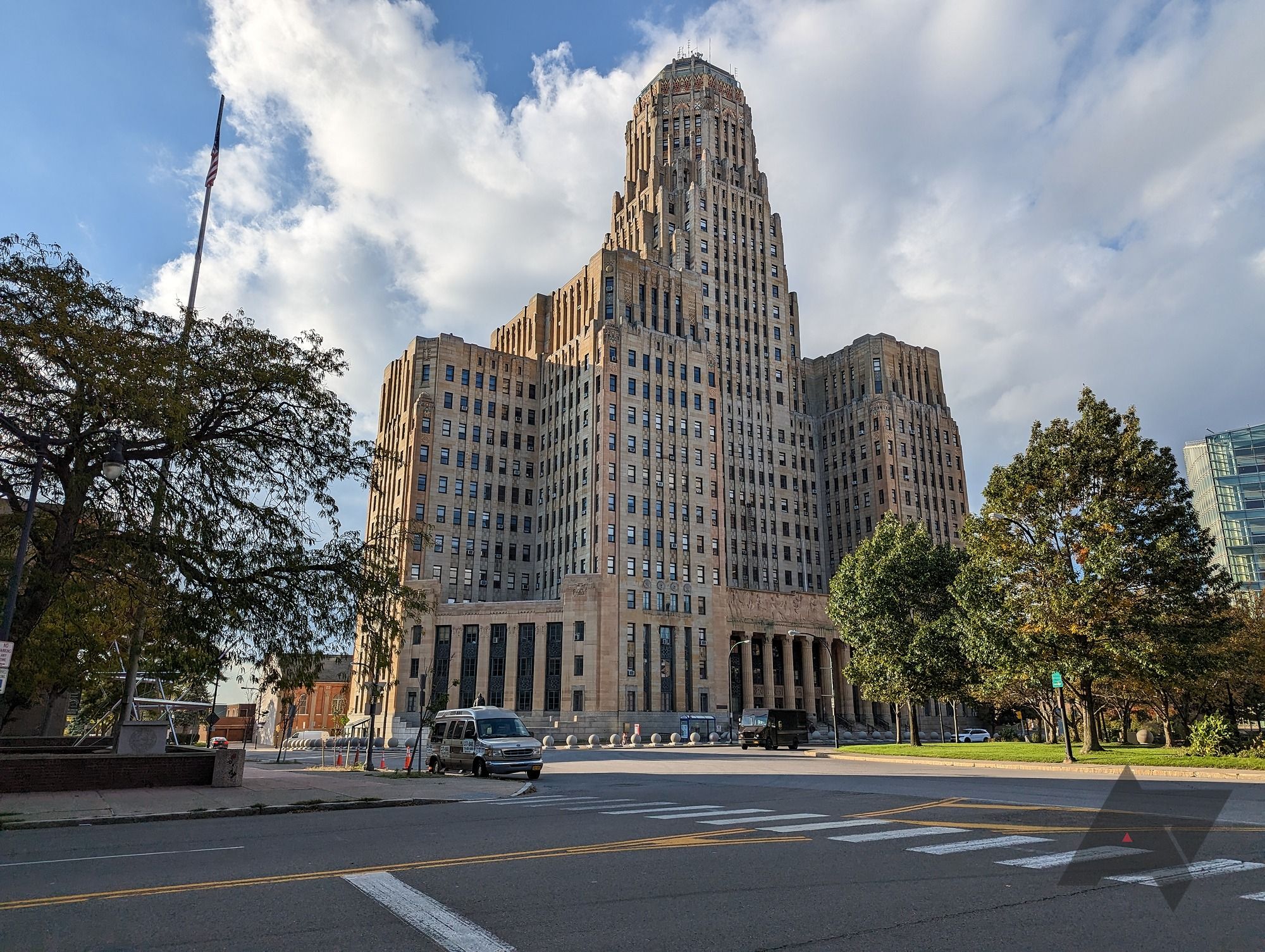
Both cameras can capture near-identical photos because the hardware and the software processing are identical. Whether you spring for a Google Pixel 7 Pro or its less expensive sibling, you get the same excellent experience.
The same goes for Portrait Mode on both shots. Check out these four shots — two from the Pixel 7 and two from the Pro — with Portrait Mode turned off and on, respectively.

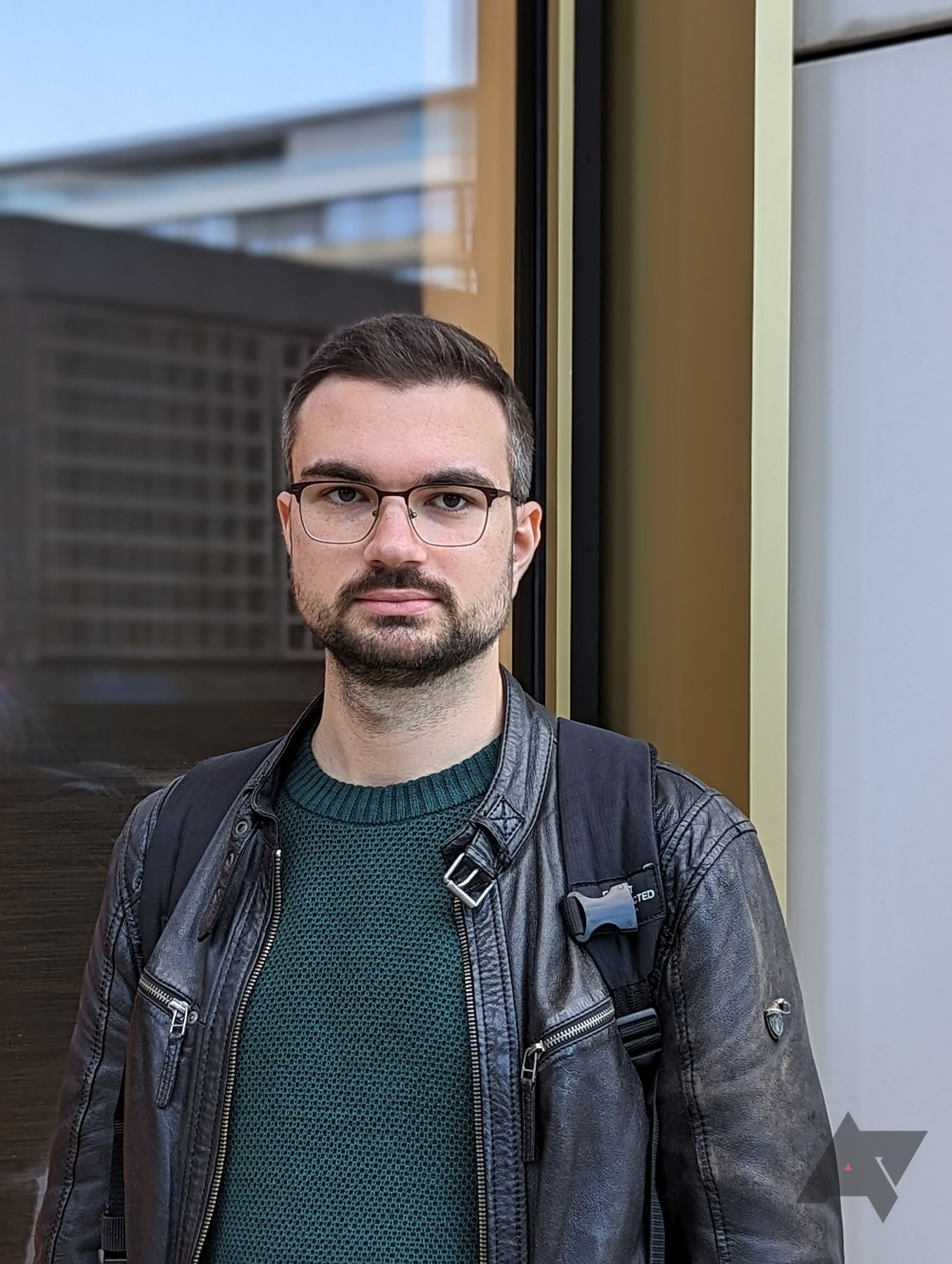

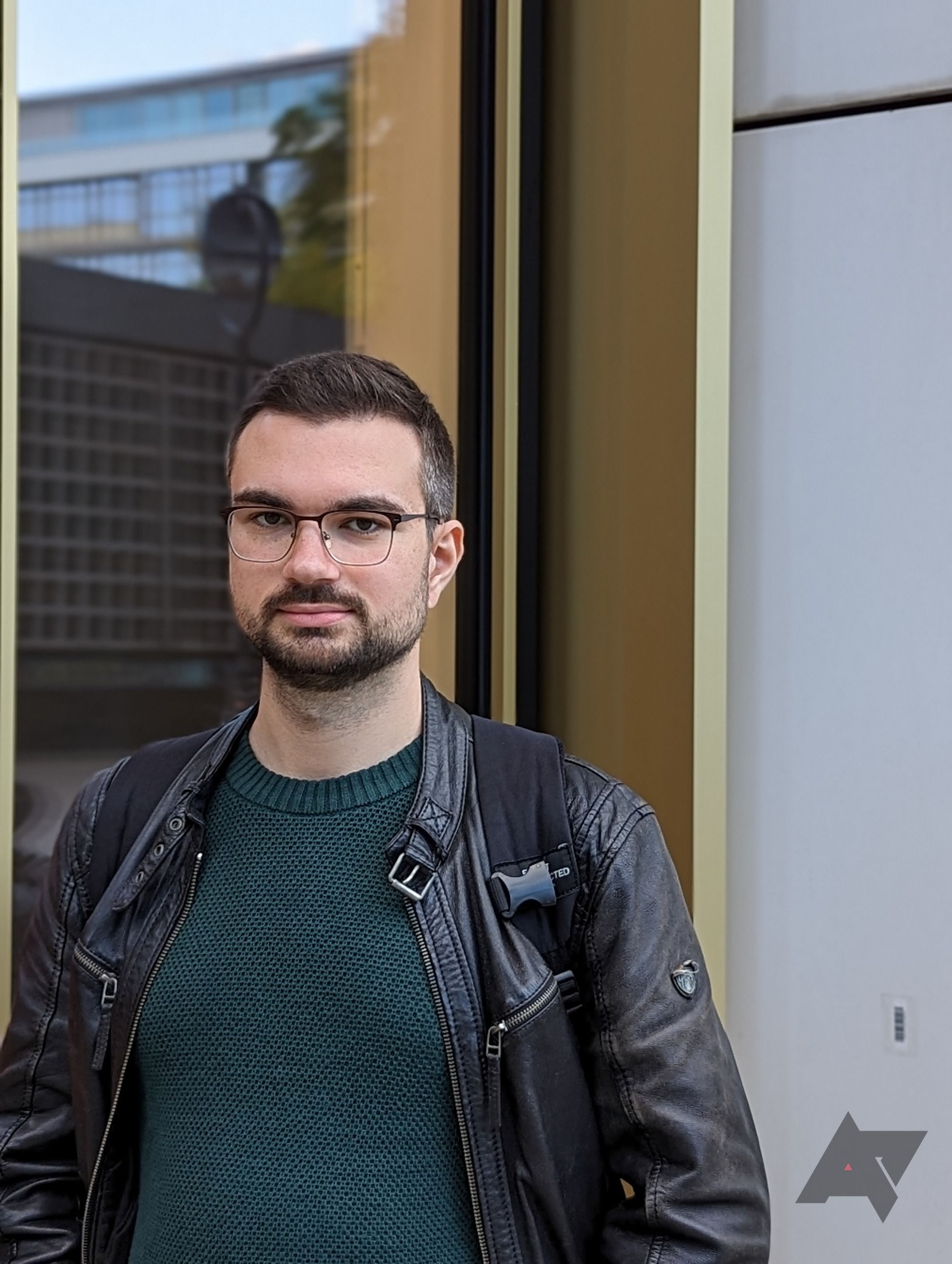
These look virtually identical, with the only major differences coming from how the photo was framed. If you're looking for interesting comparisons, you'll need to look toward the other two cameras: the ultrawide and the telephoto sensors.
Ultrawide and macro cameras
Unlike last year, the Google Pixel 7 and Pixel 7 sport different ultrawide sensors. The Pixel 7 uses the same 114° angle lens found on the Google Pixel 6 and 6 Pro, while the 7 Pro gets an upgraded 125° shooter. One of our main critiques concerning the Pixel 6 series was how little of a difference the ultrawide lens made compared to the standard primary sensor. This year, that difference stands out. Check out this gallery showing images from the Pixel 7, followed by images from the Pixel 7 Pro.
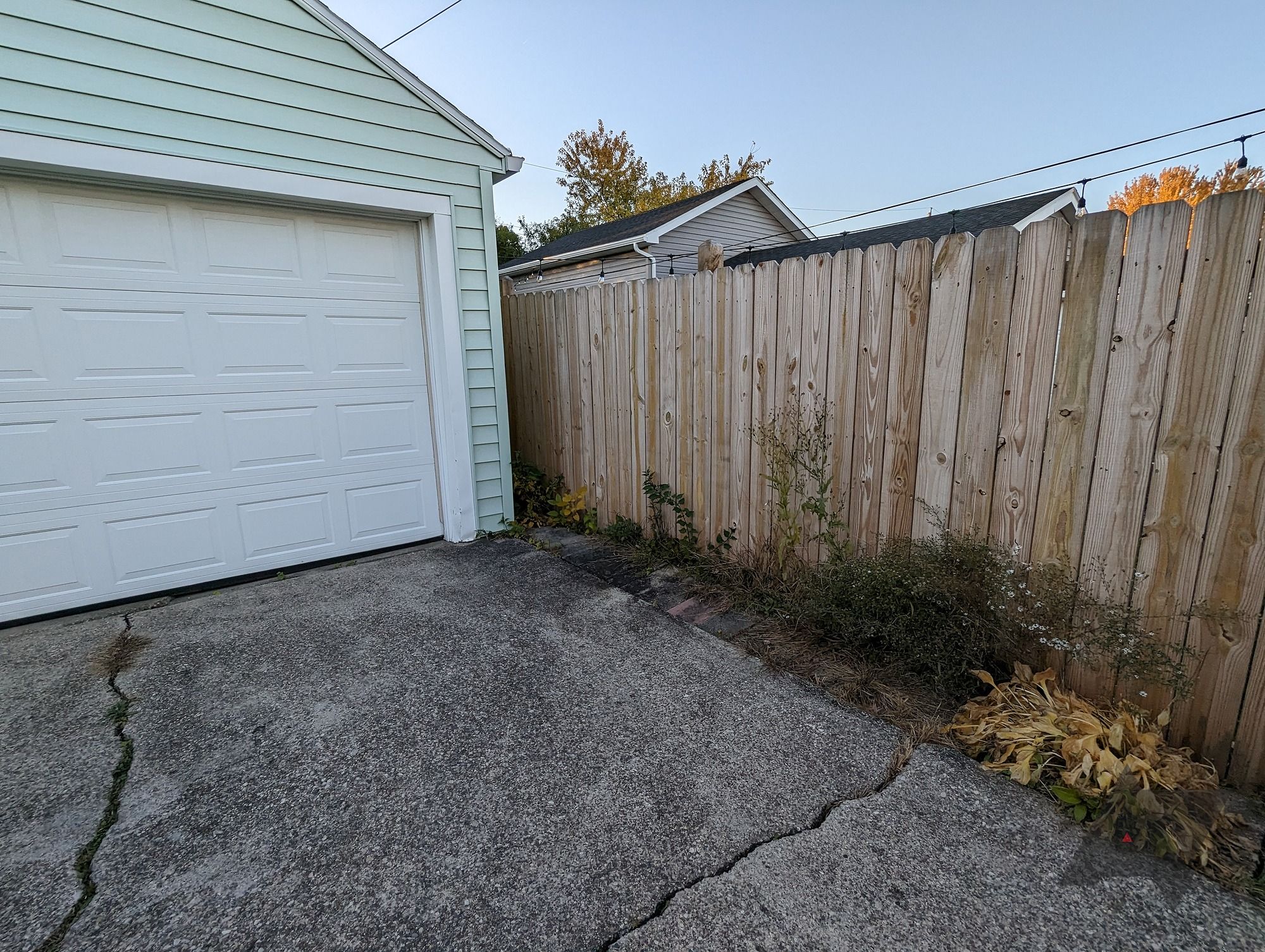
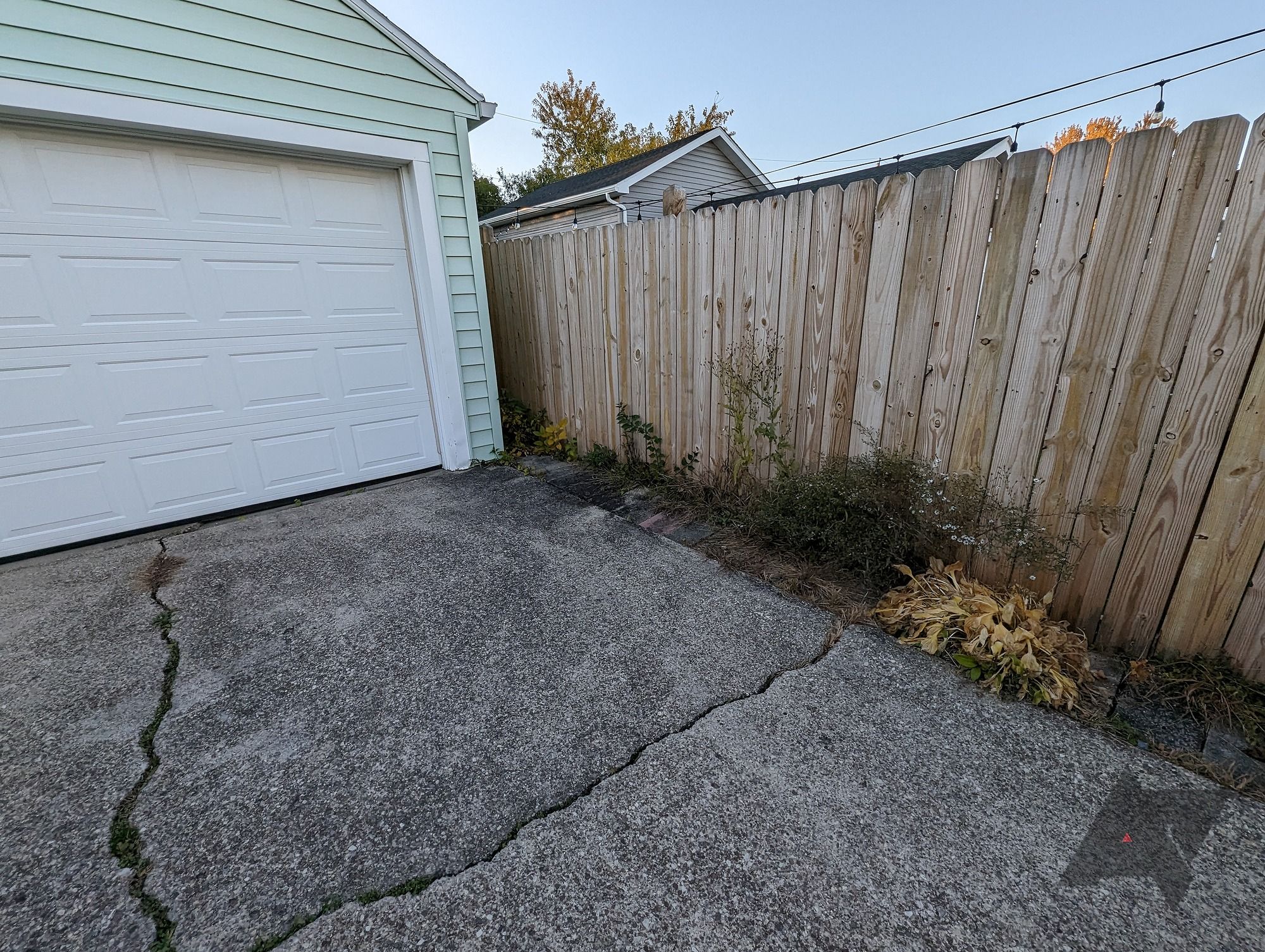
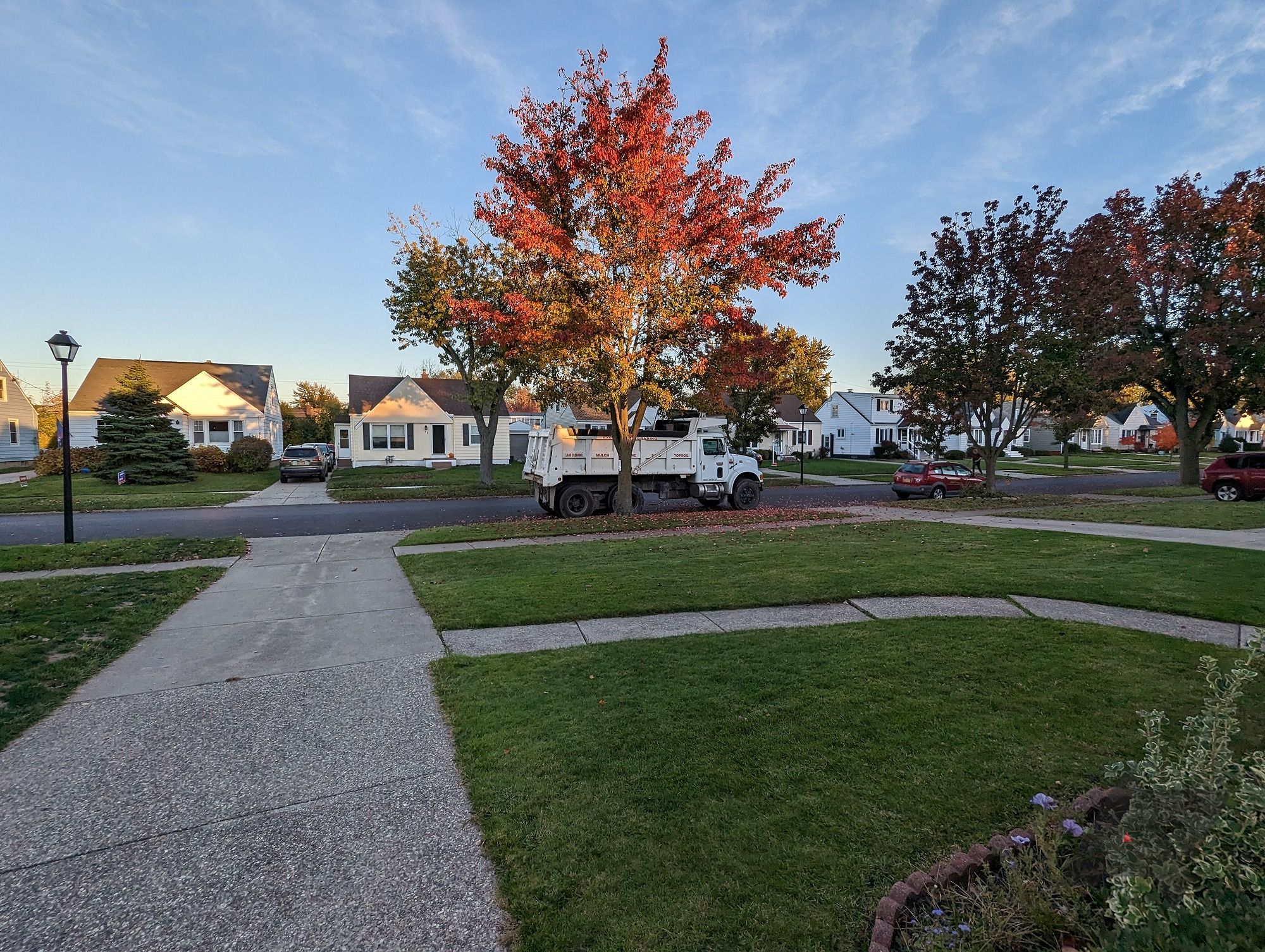
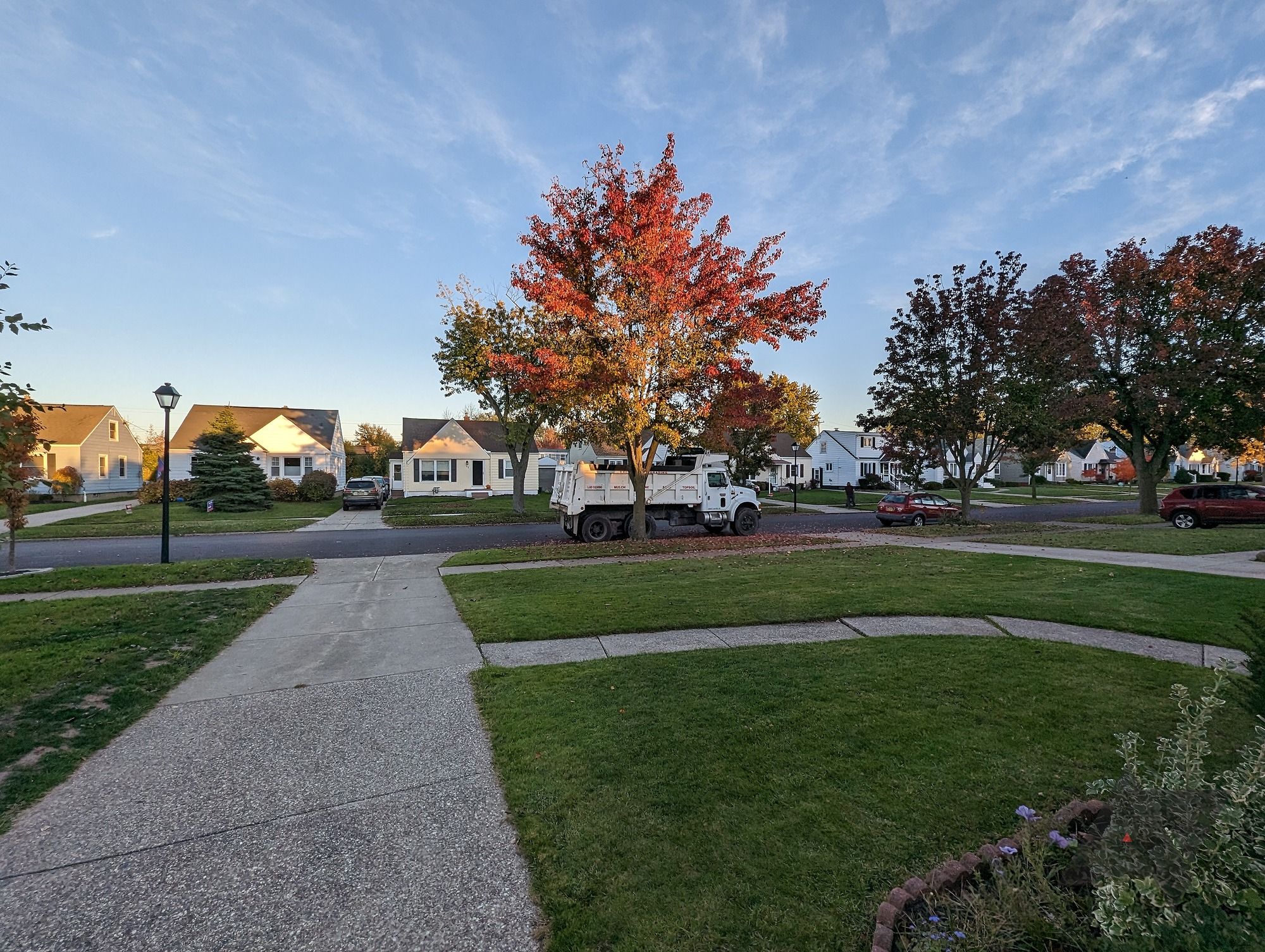
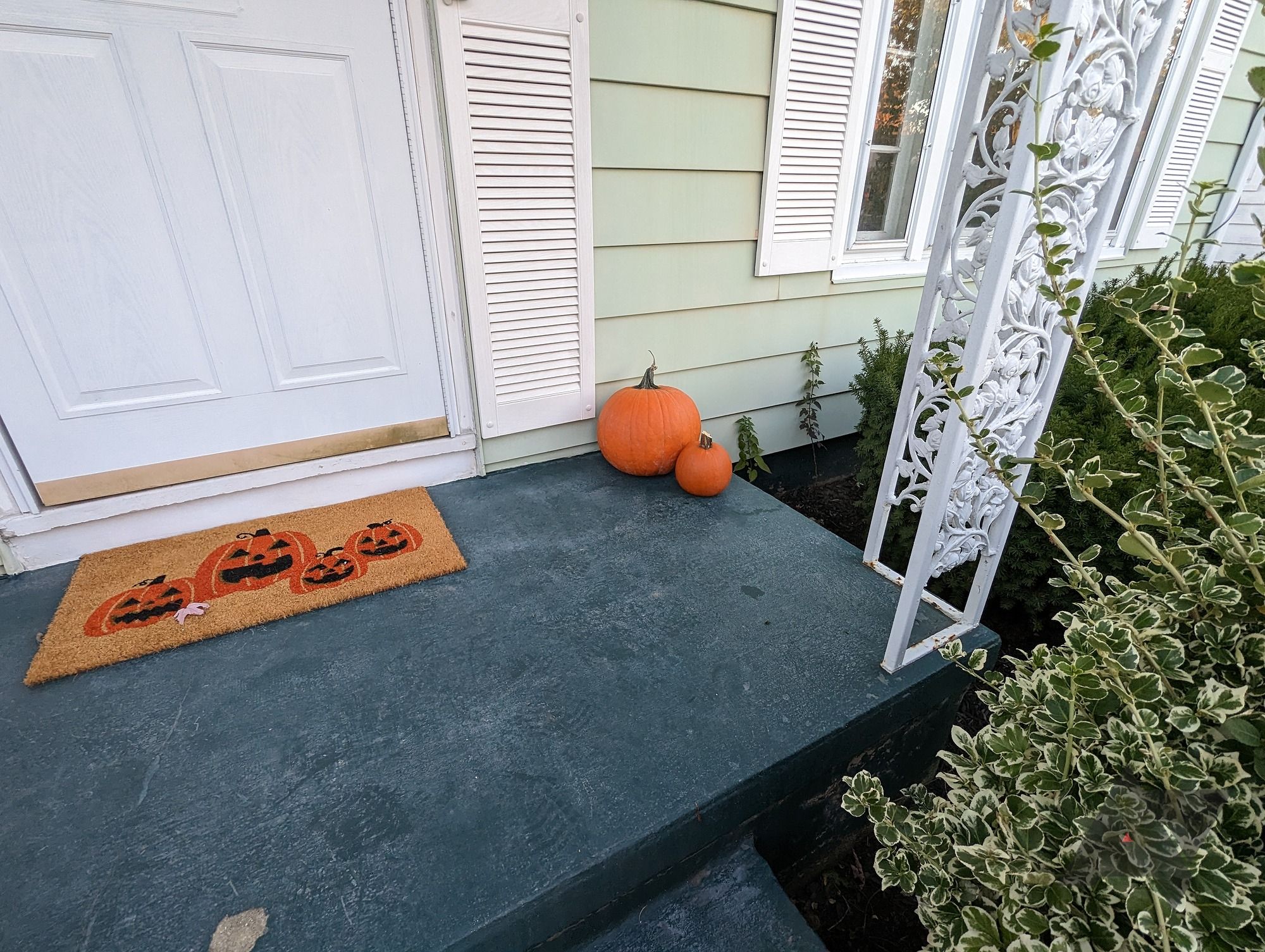
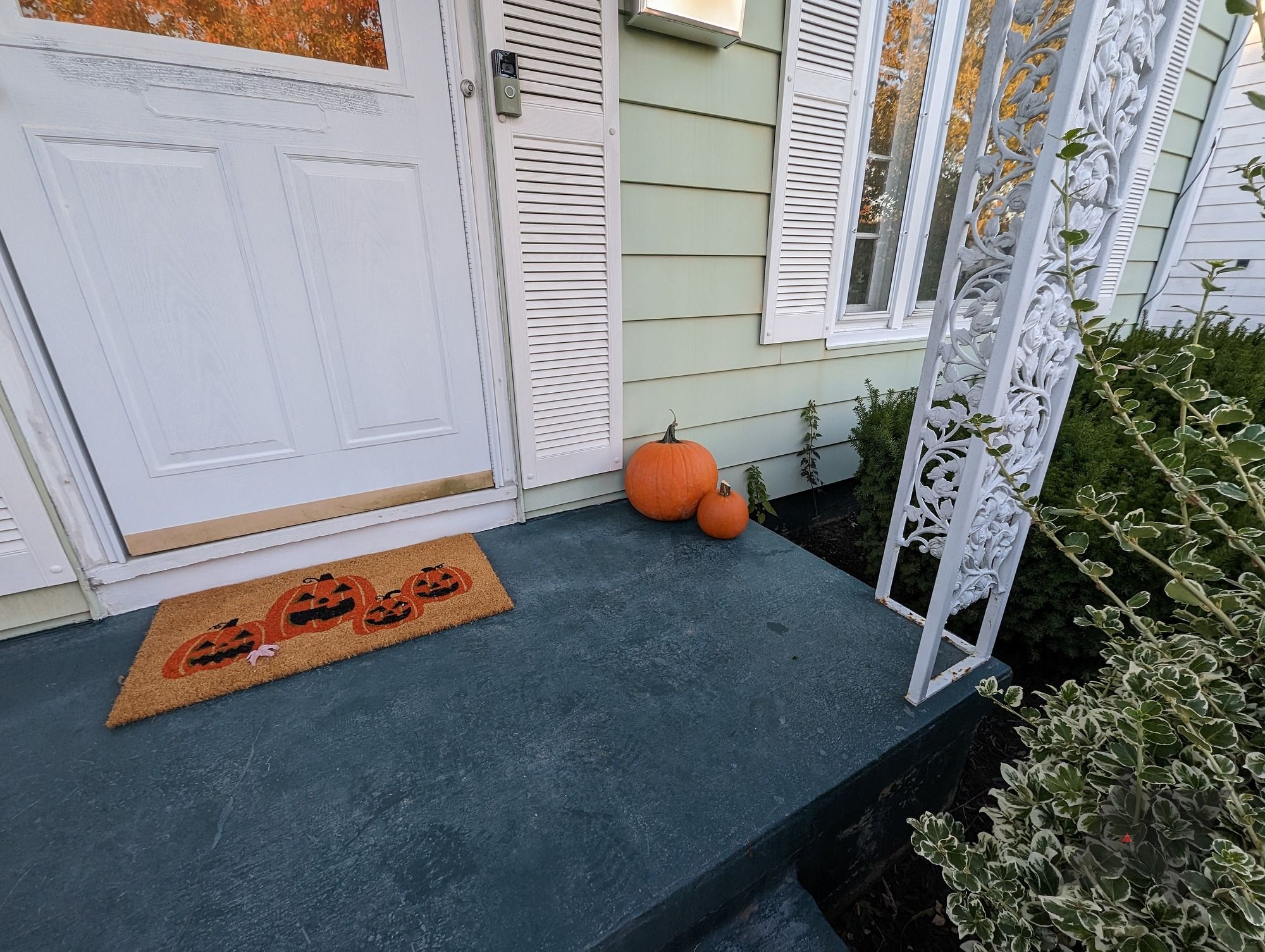

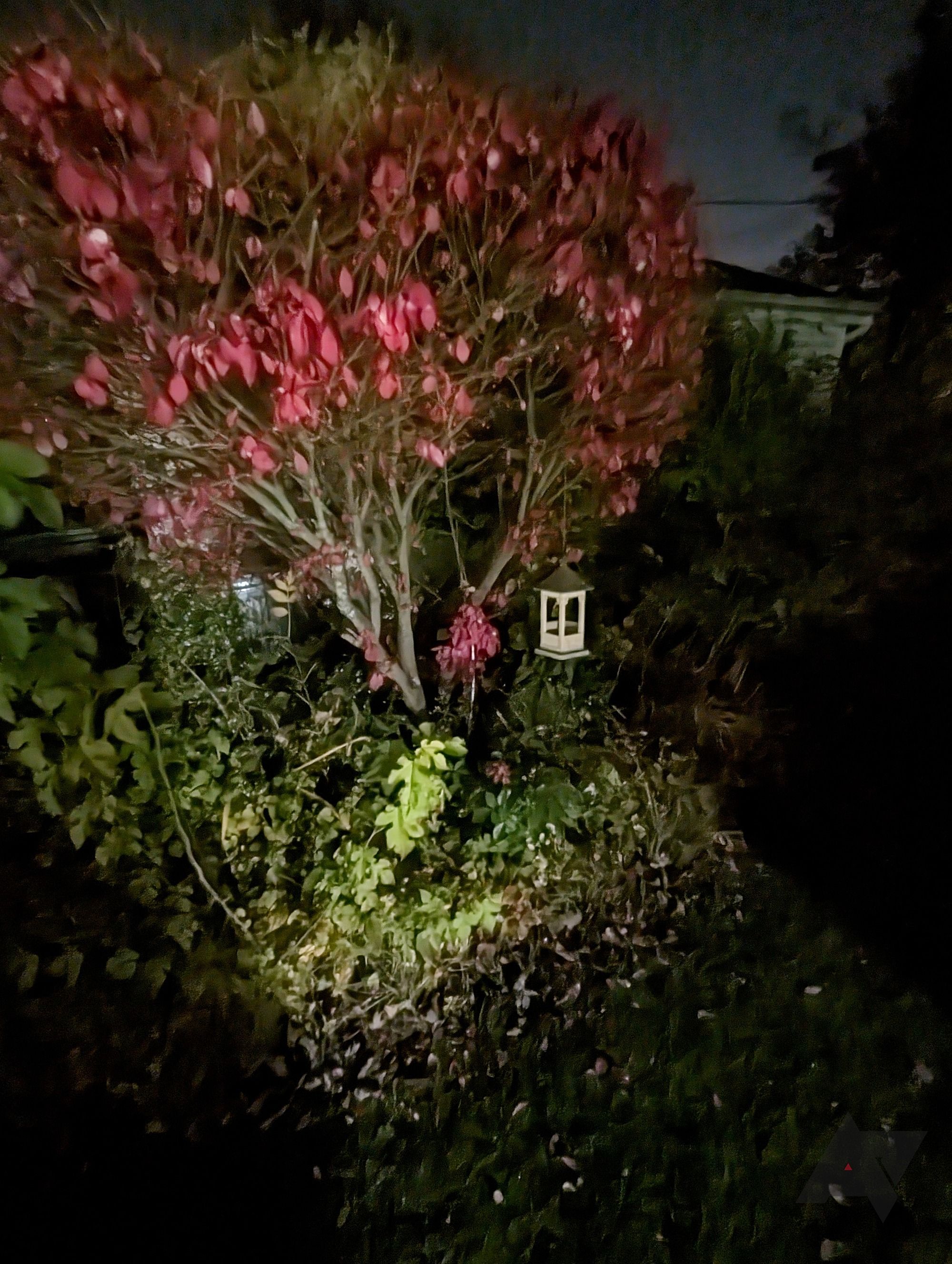
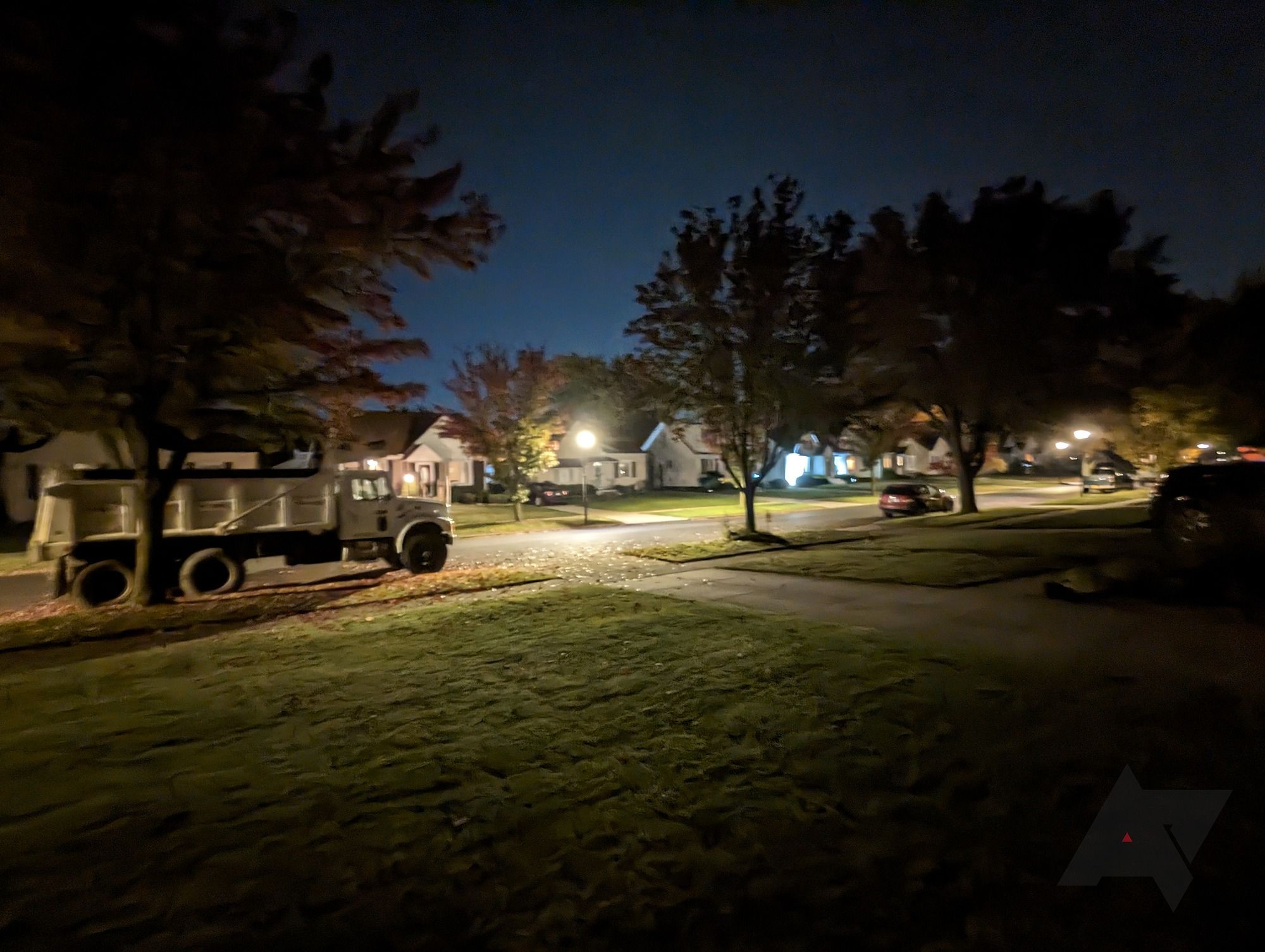
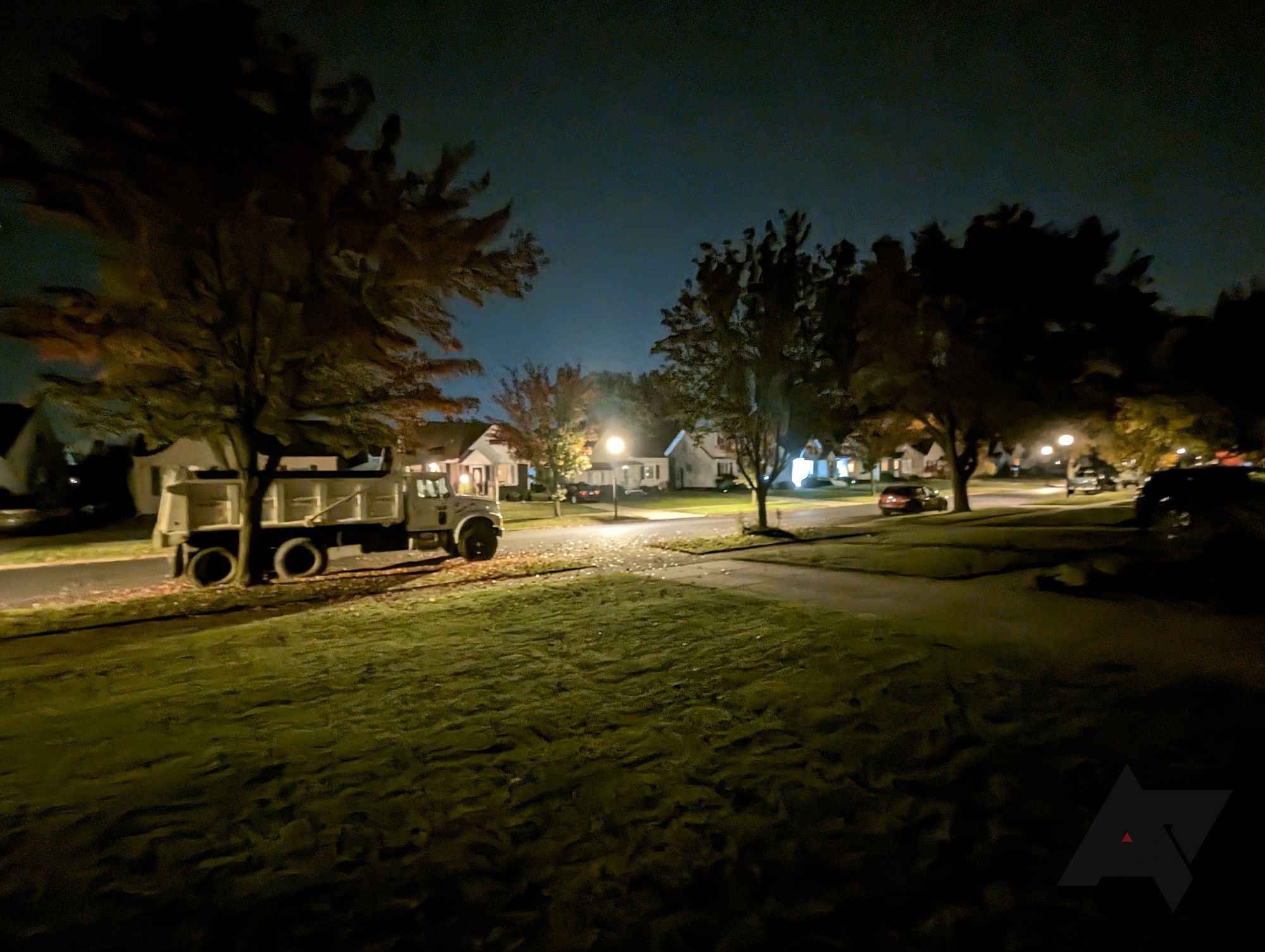
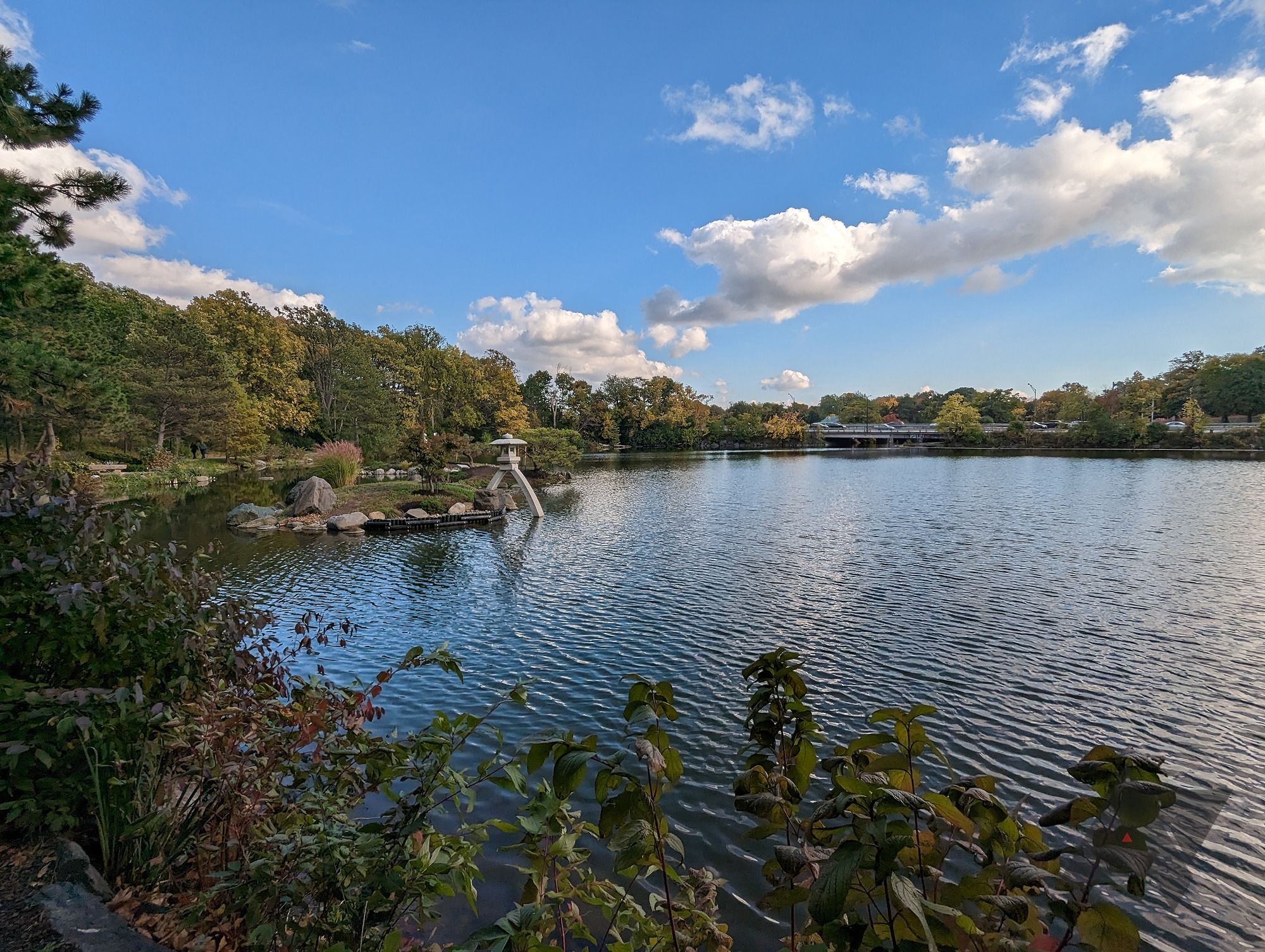
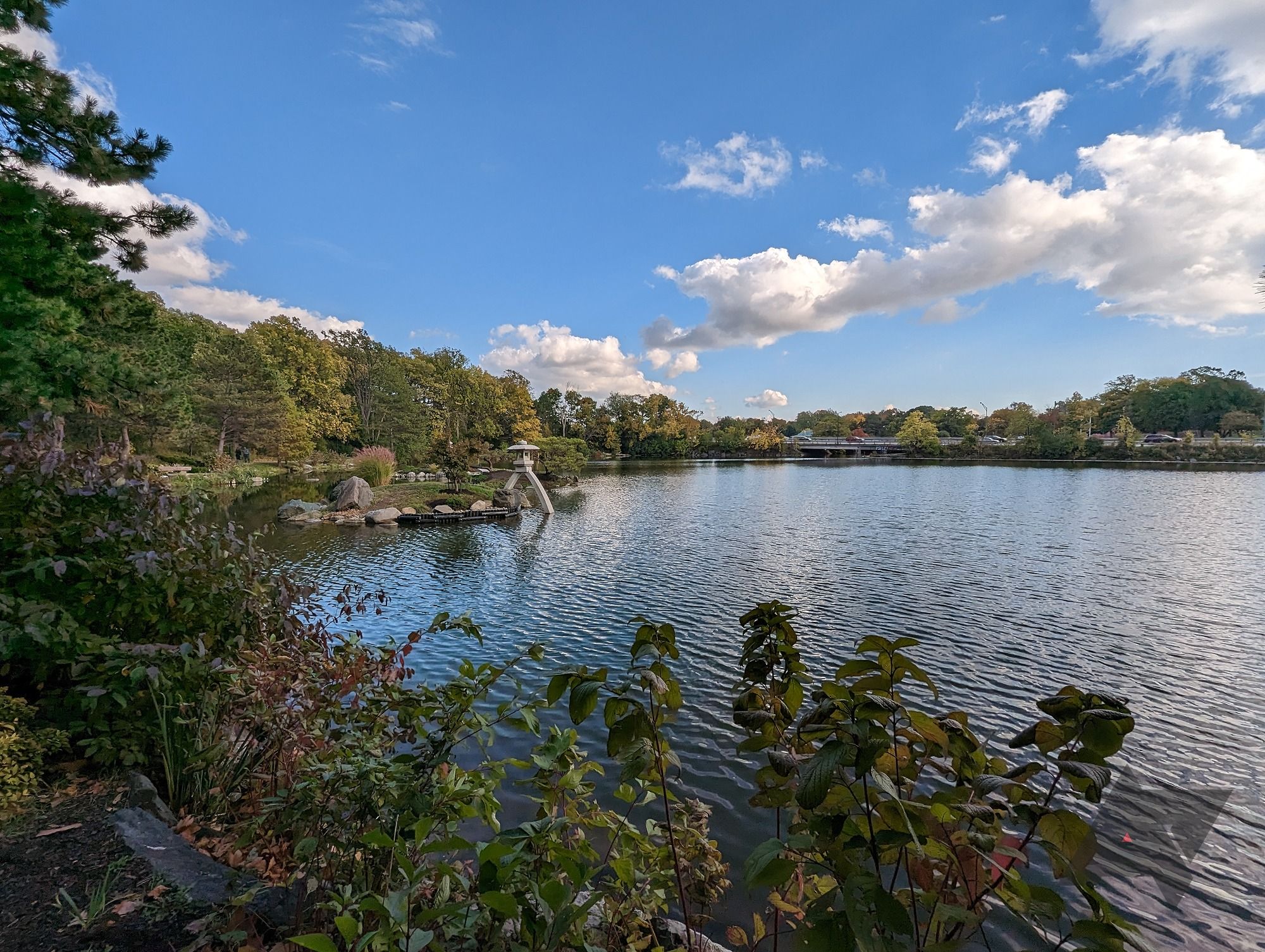
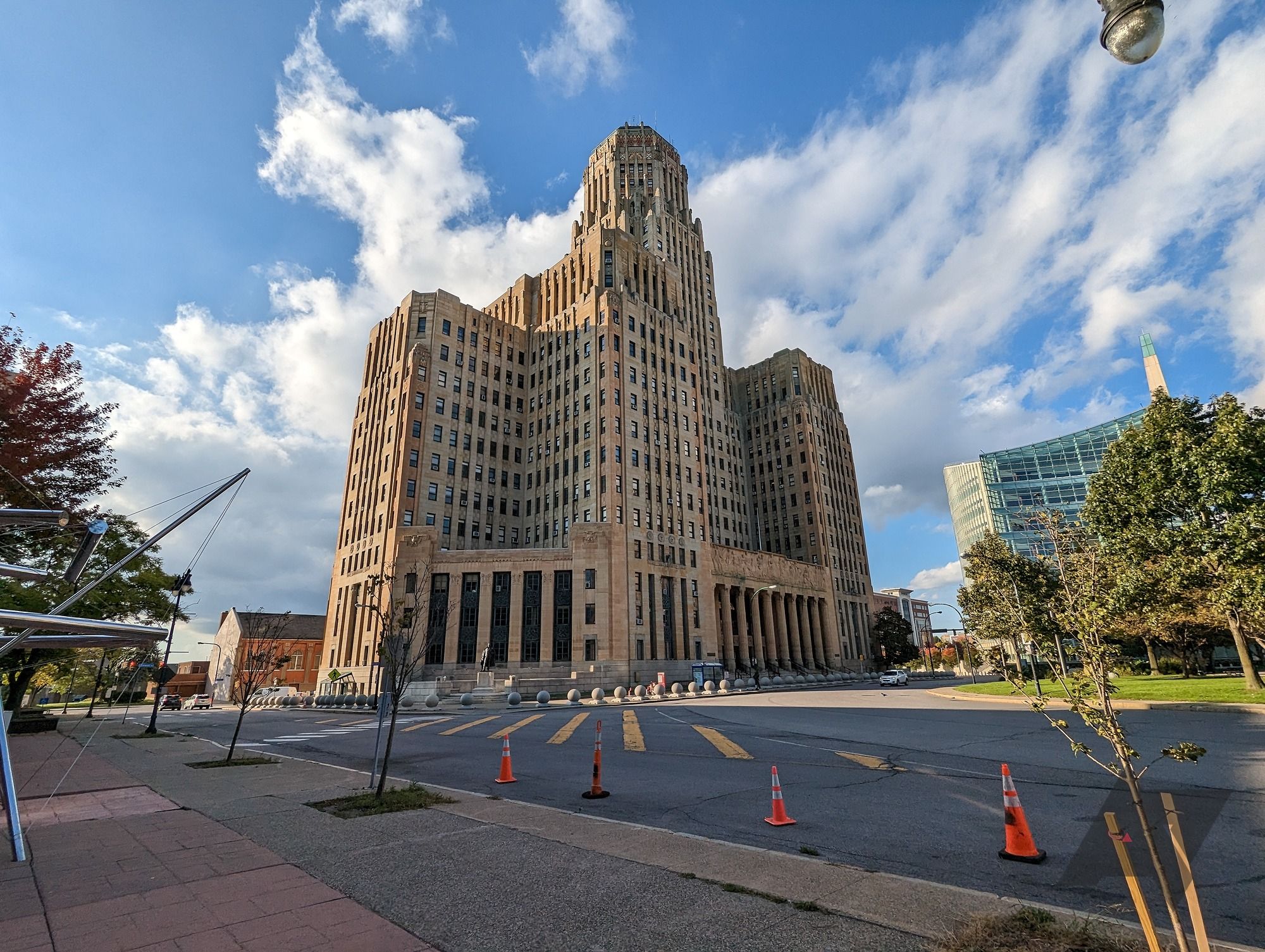
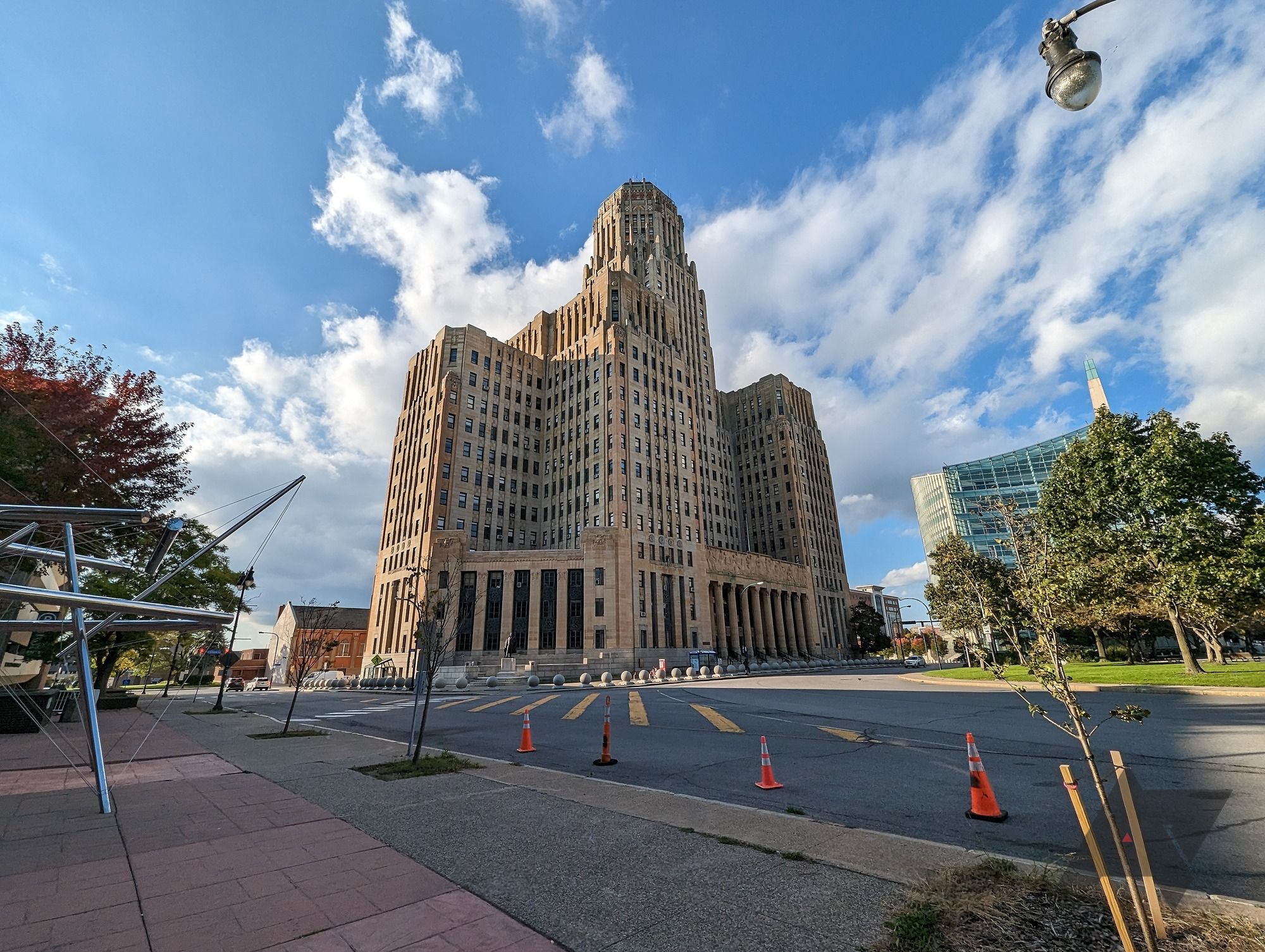
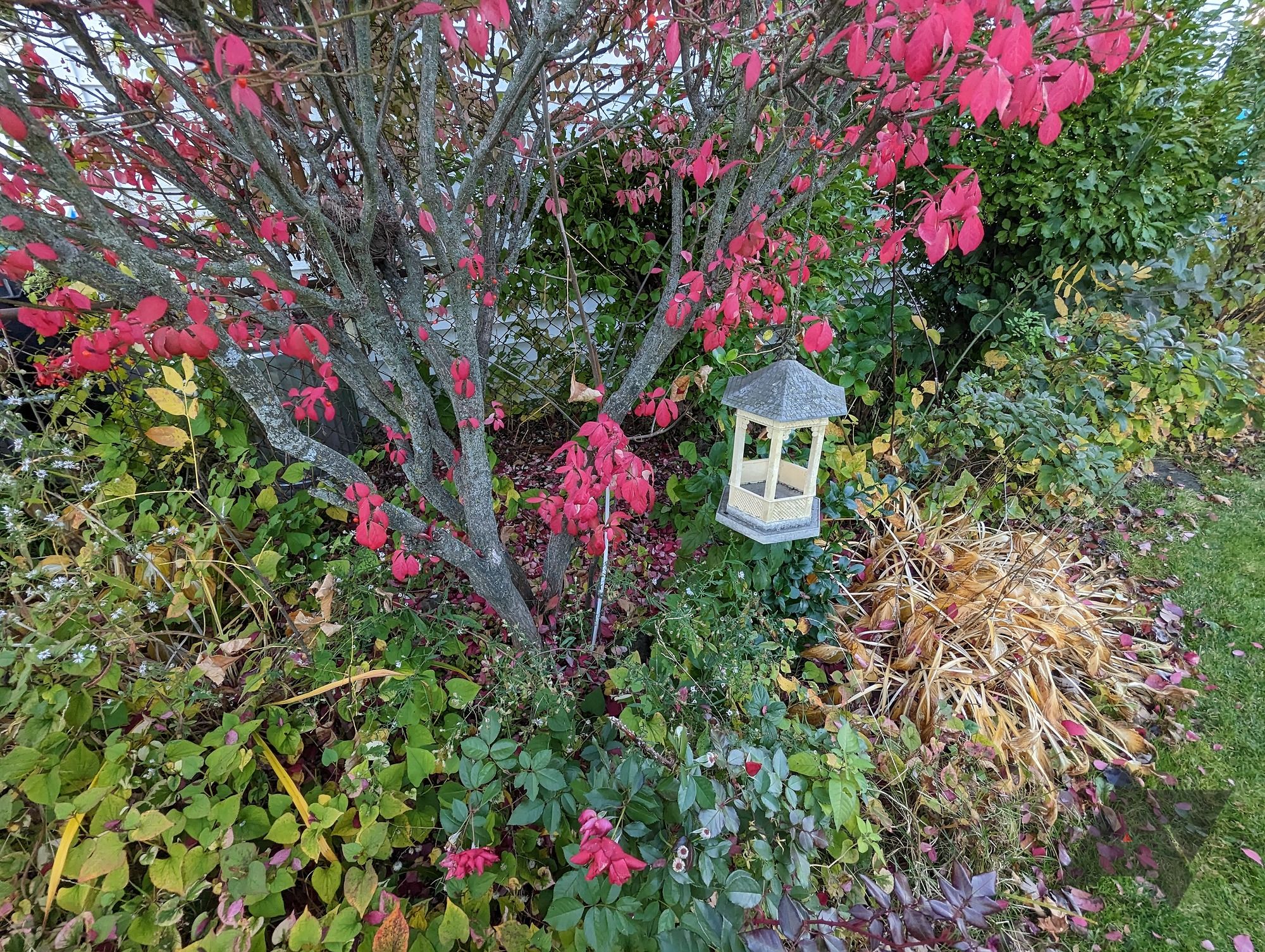
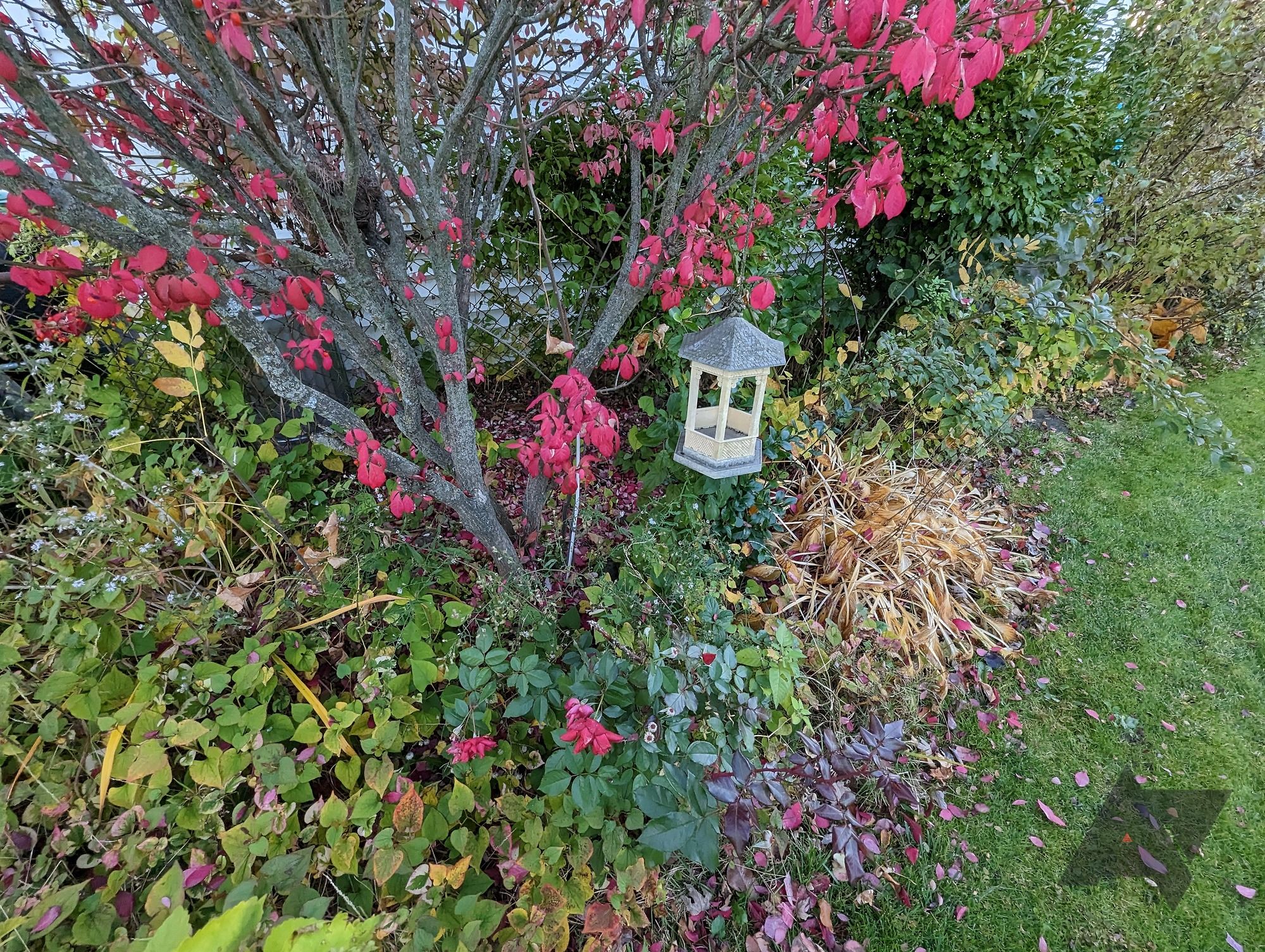
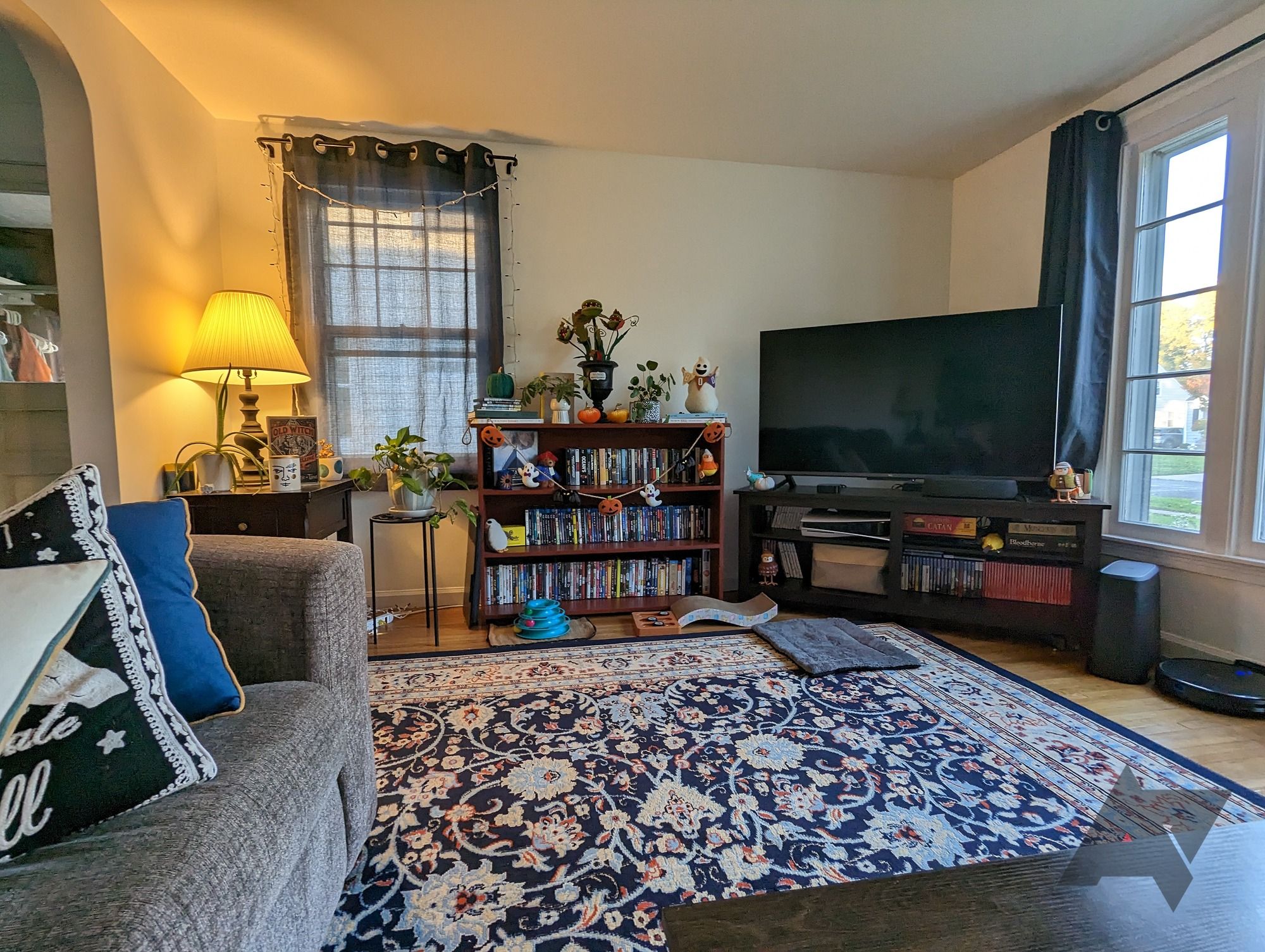
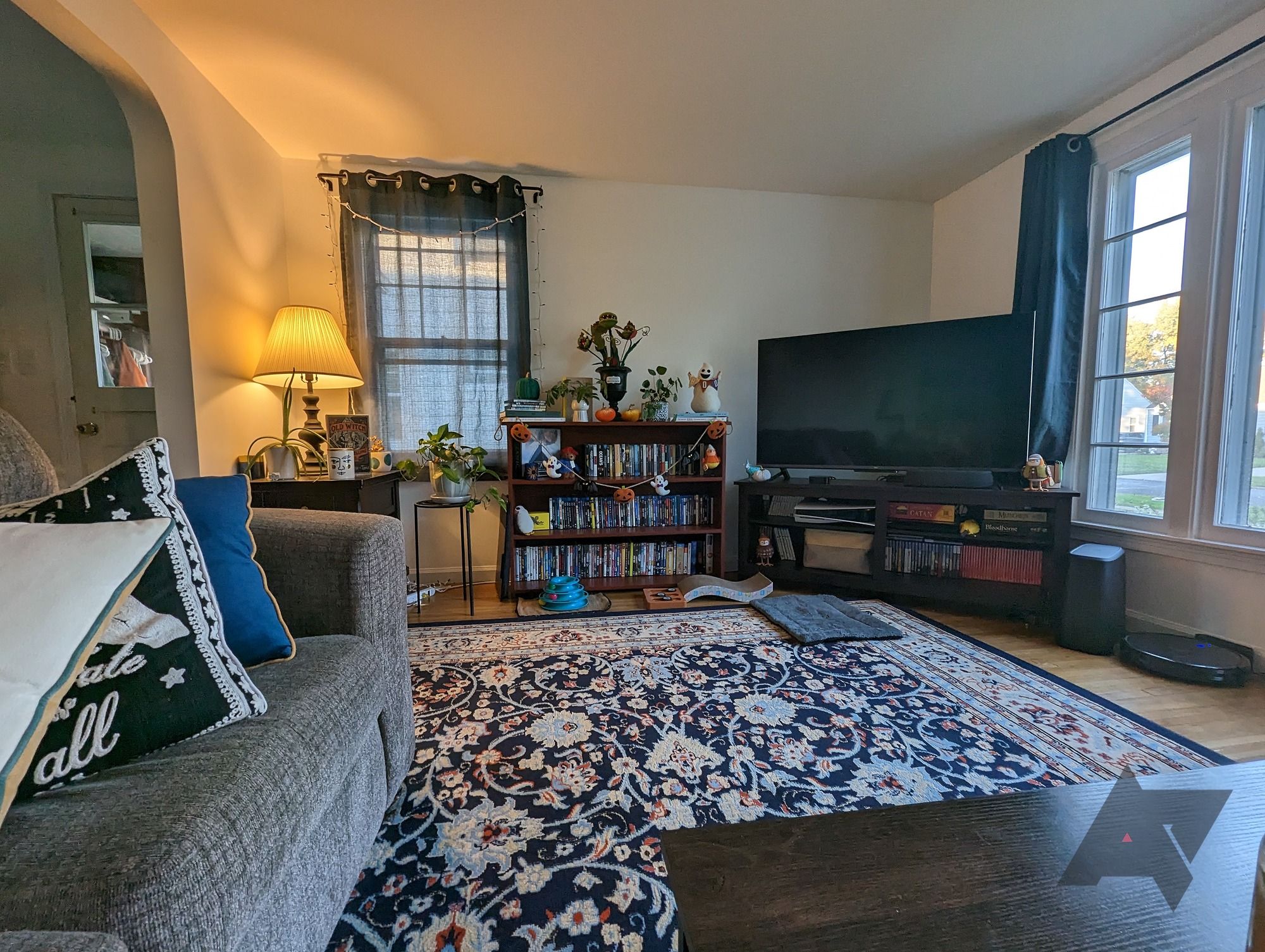
From this group of images, two things are immediately apparent. First, ultrawide night mode is still fairly unusable. Both sample images are blurry and unpleasant to the eye. In the daytime shots, looking around, the difference made here is apparent. Taking a photo with the Google Pixel 7 Pro's ultrawide lens is like taking a step backward. More of the world is immediately brought into the frame without the shooter having to move an inch.
For example, the Pro's shots of Buffalo's city hall reveal more of the tensegrity sculpture next to it, while the Pixel 7 barely saw any of it. The same is true for the photos of the lake, revealing more of the surrounding vegetation than the regular Pixel 7 could see.
The wider angle on the Google Pixel 7 Pro also allows it to use a dedicated macro mode that appears when you're close to an object. It can be difficult to capture moving subjects in macro. Think of leaves blowing in the wind. Capturing still items with a steady hand makes a world of difference.
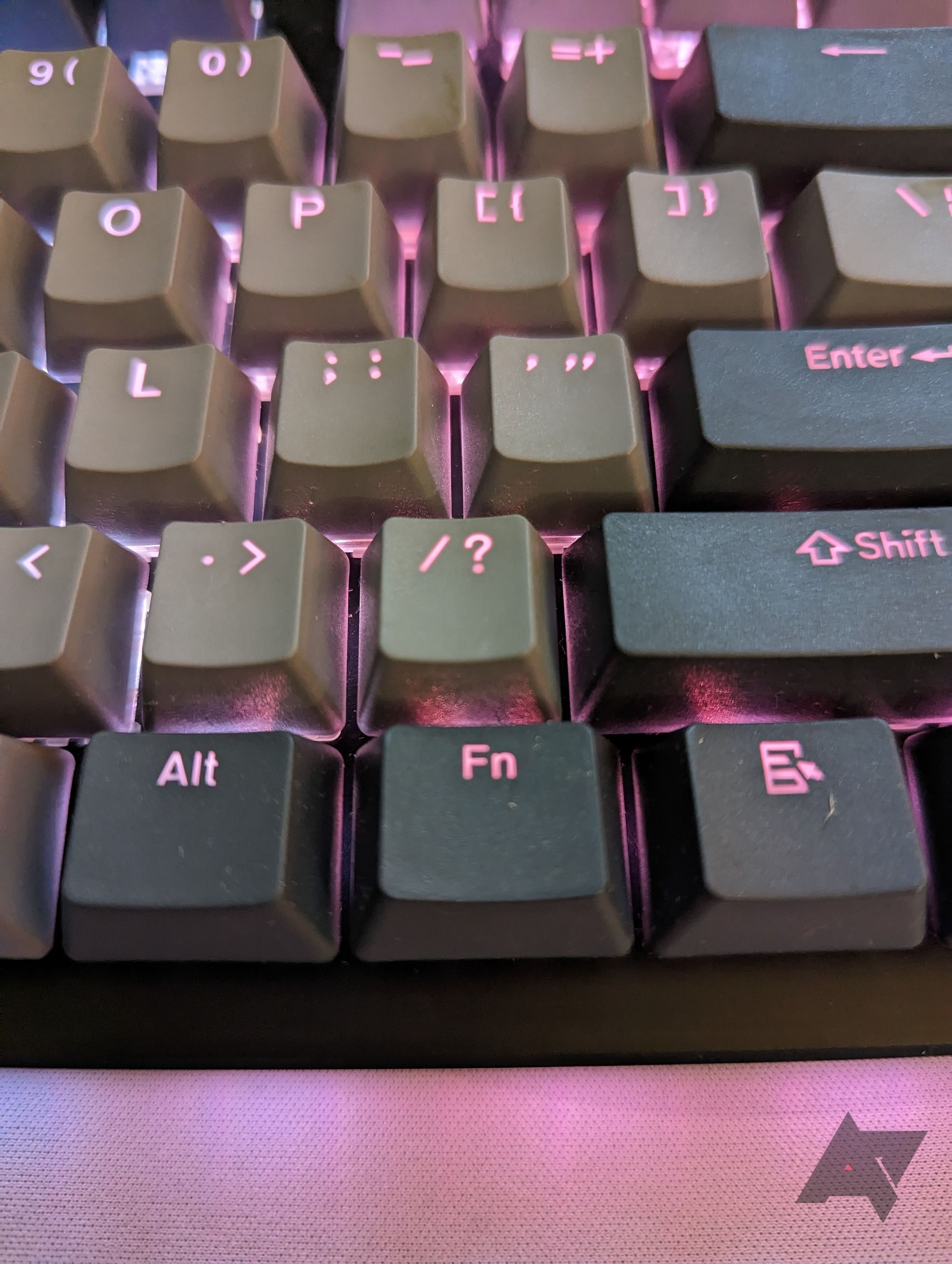
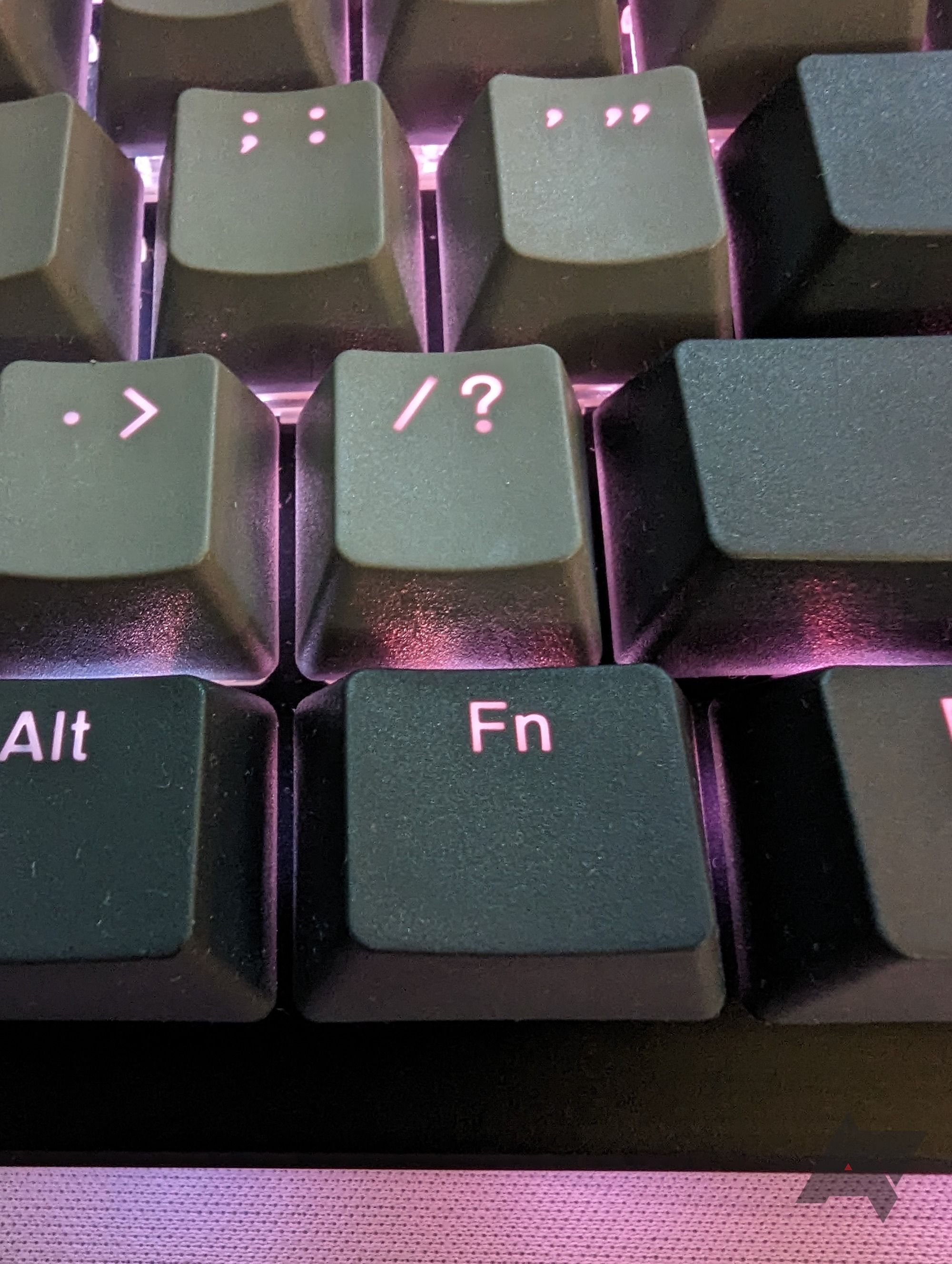
The first photo shows the closest distance the Pixel 7 could capture this keyboard with any level of focus, and it's still a little blurry. The Pixel 7 Pro got up close to the keyboard while producing a clearer photo. The winner here is obvious, and if you are interested in macrophotography, go with the Pixel 7 Pro.
The Pixel 7a, despite costing $100 less than the Pixel 7, splits the difference between angles. Its ultrawide camera sports a 120° field of view, smack dab in the middle of the Pixel 7 and Pixel 7 Pro. Although this article focuses specifically on Google's flagship phones, if ultrawide shots are crucial to your smartphone experience, it's worth considering the latest A-series device.
Telephoto cameras
The best thing about the Google Pixel 7 Pro is its telephoto lens. Both phones can crop their main sensor at 2x for excellent-looking photos, but only the Pixel 7 Pro has dedicated hardware for 5x shots. This inclusion allows for some impressive photography, and not only at 5x. While the Pixel 7's Super Res Zoom mode ends at 8x, the Pro can capture images at 30x. Not all of these photos will be usable, but we found 10x shots to be a sweet spot for the phone. For this comparison, we captured everything at 5x, the default focal length for the telephoto lens on the Pro.
Once more, the Pixel 7 is the first photo in the group, while the Pixel 7 Pro is the second.
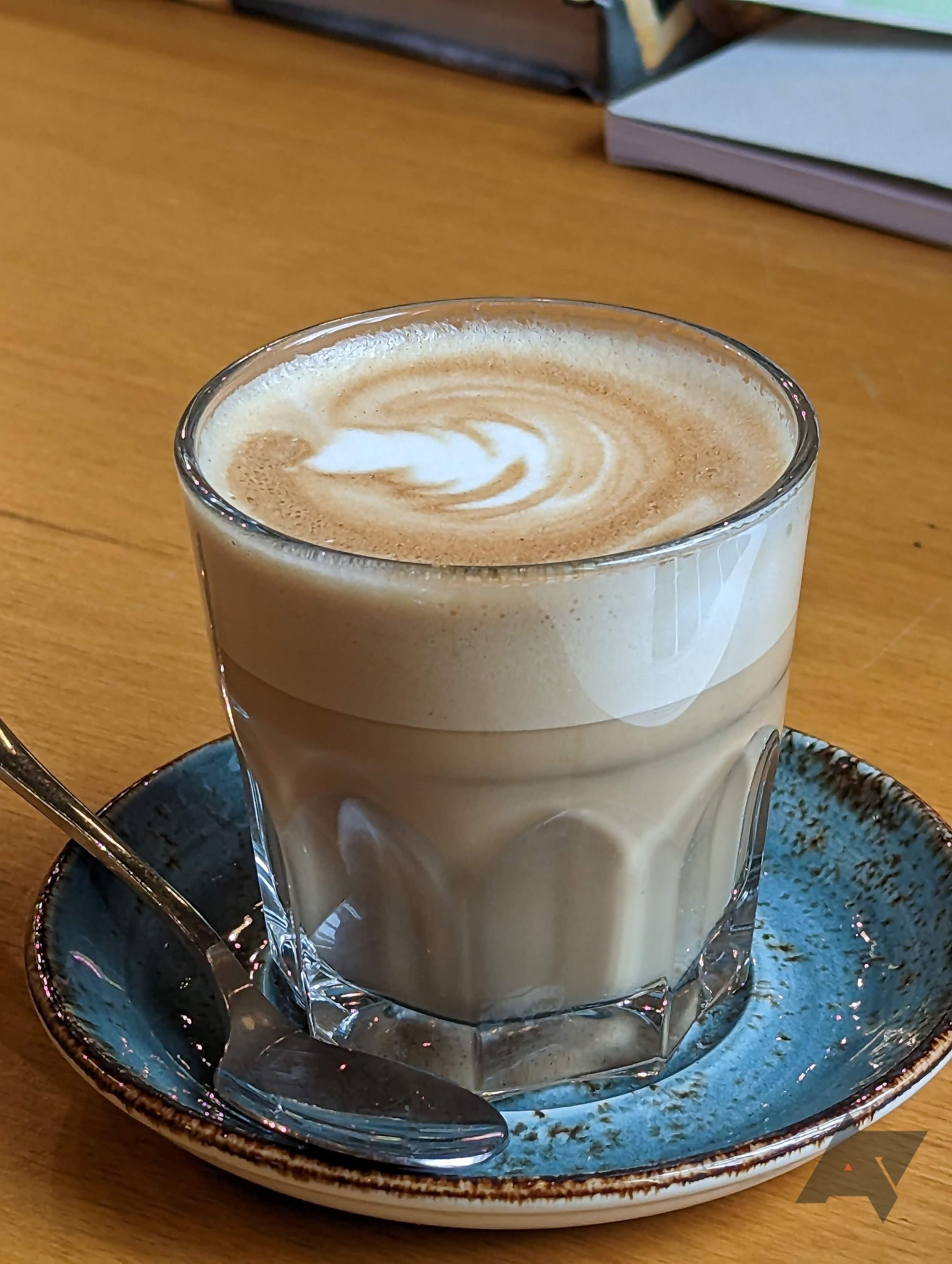
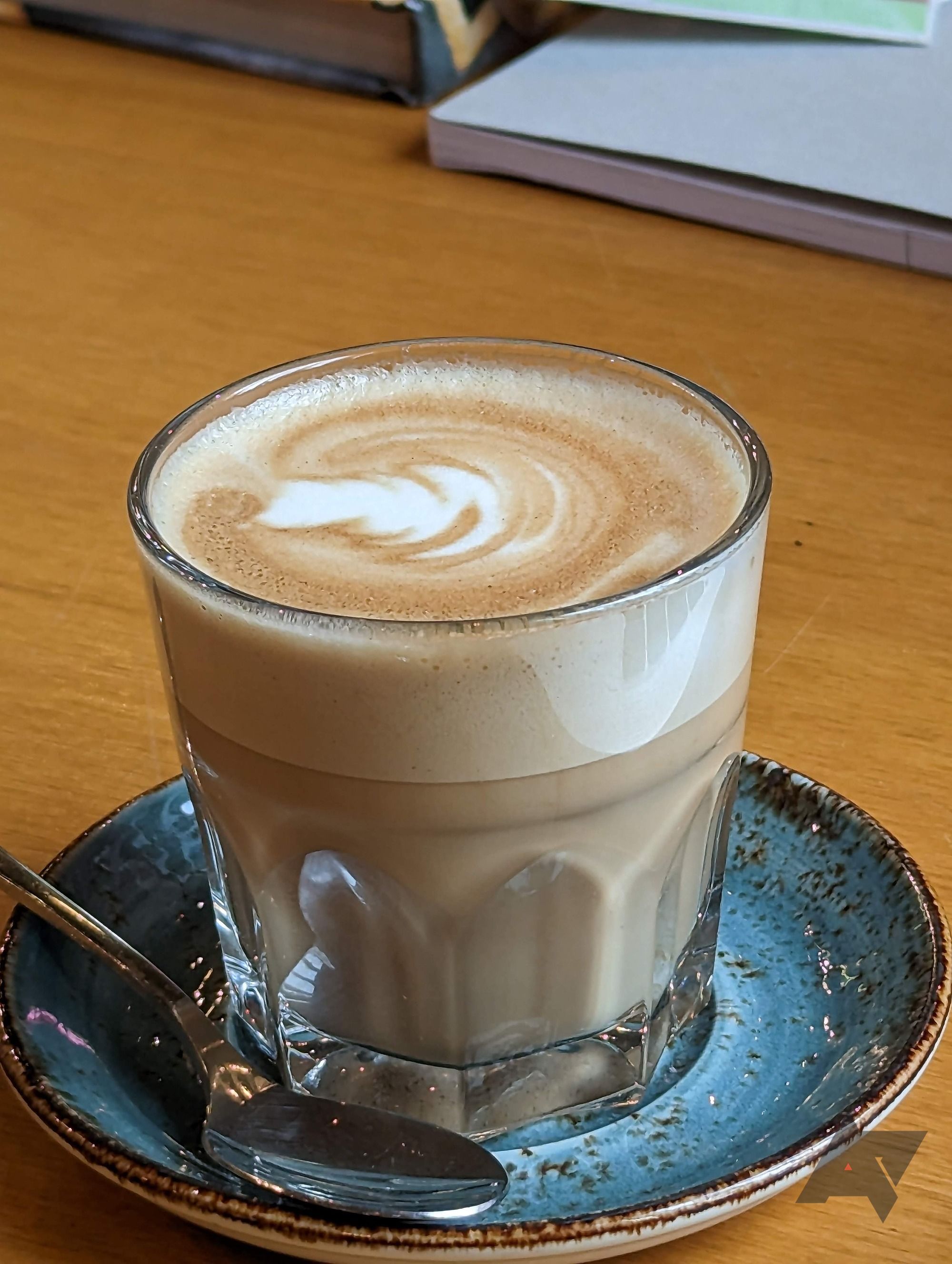
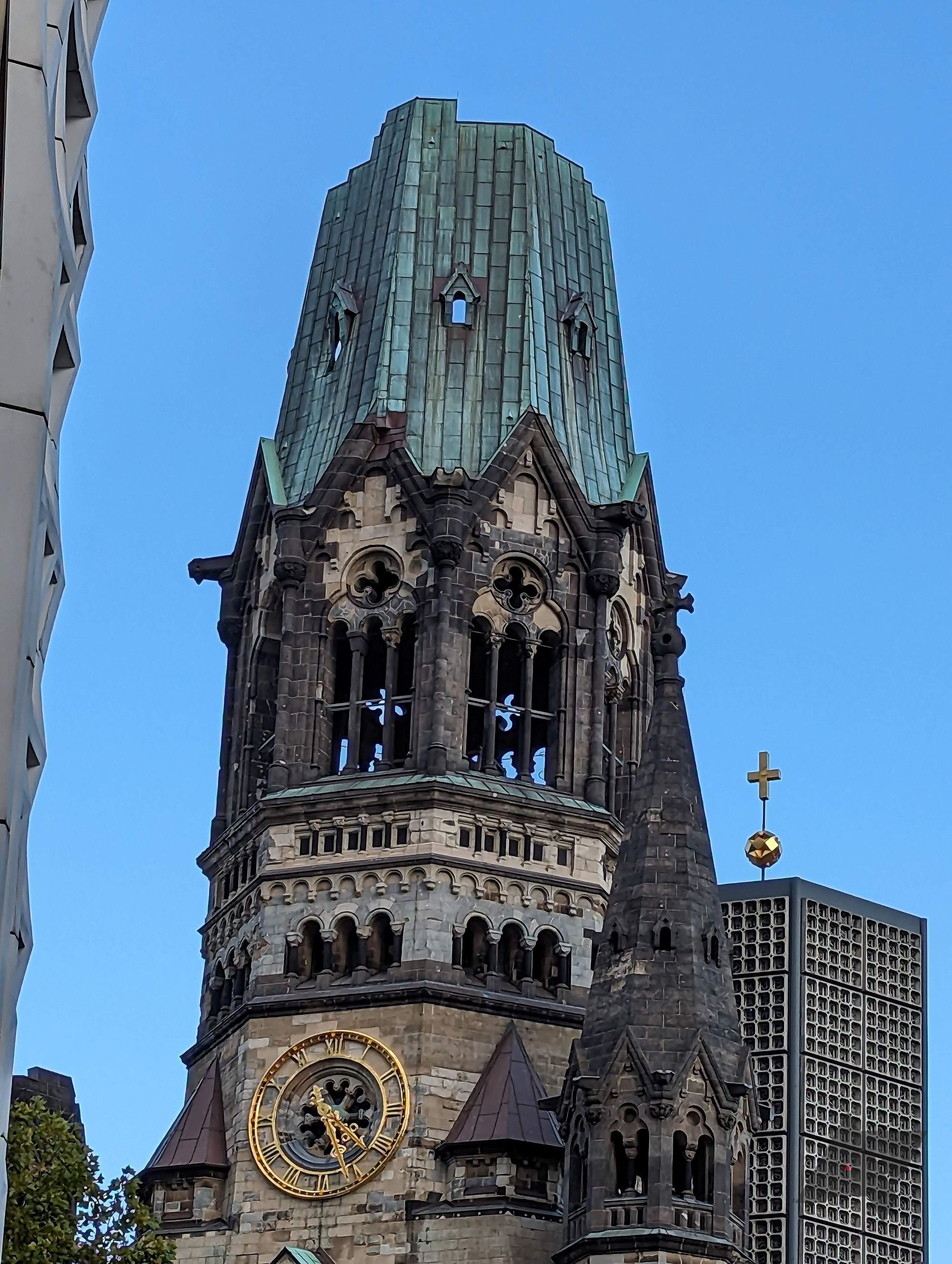
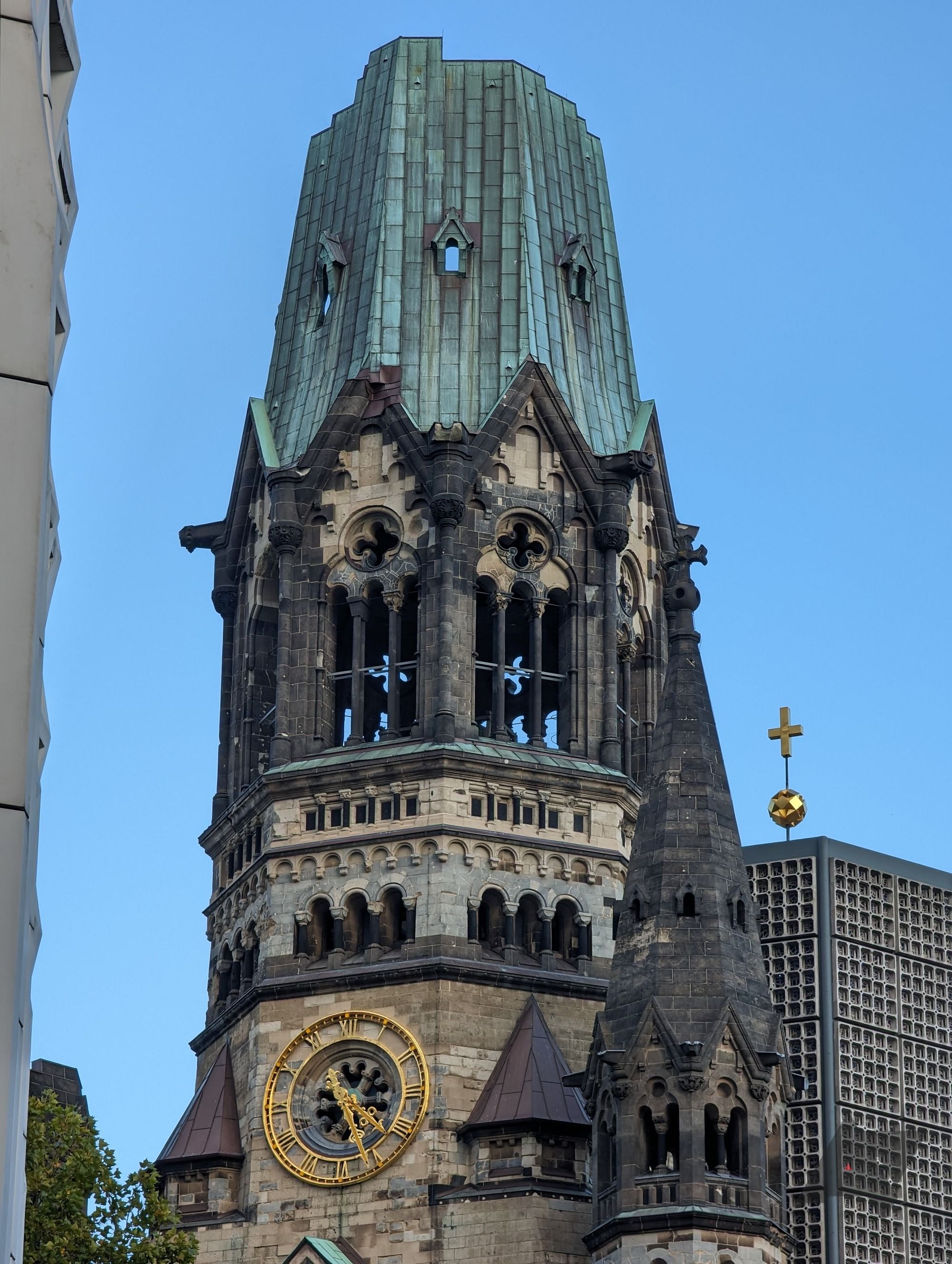
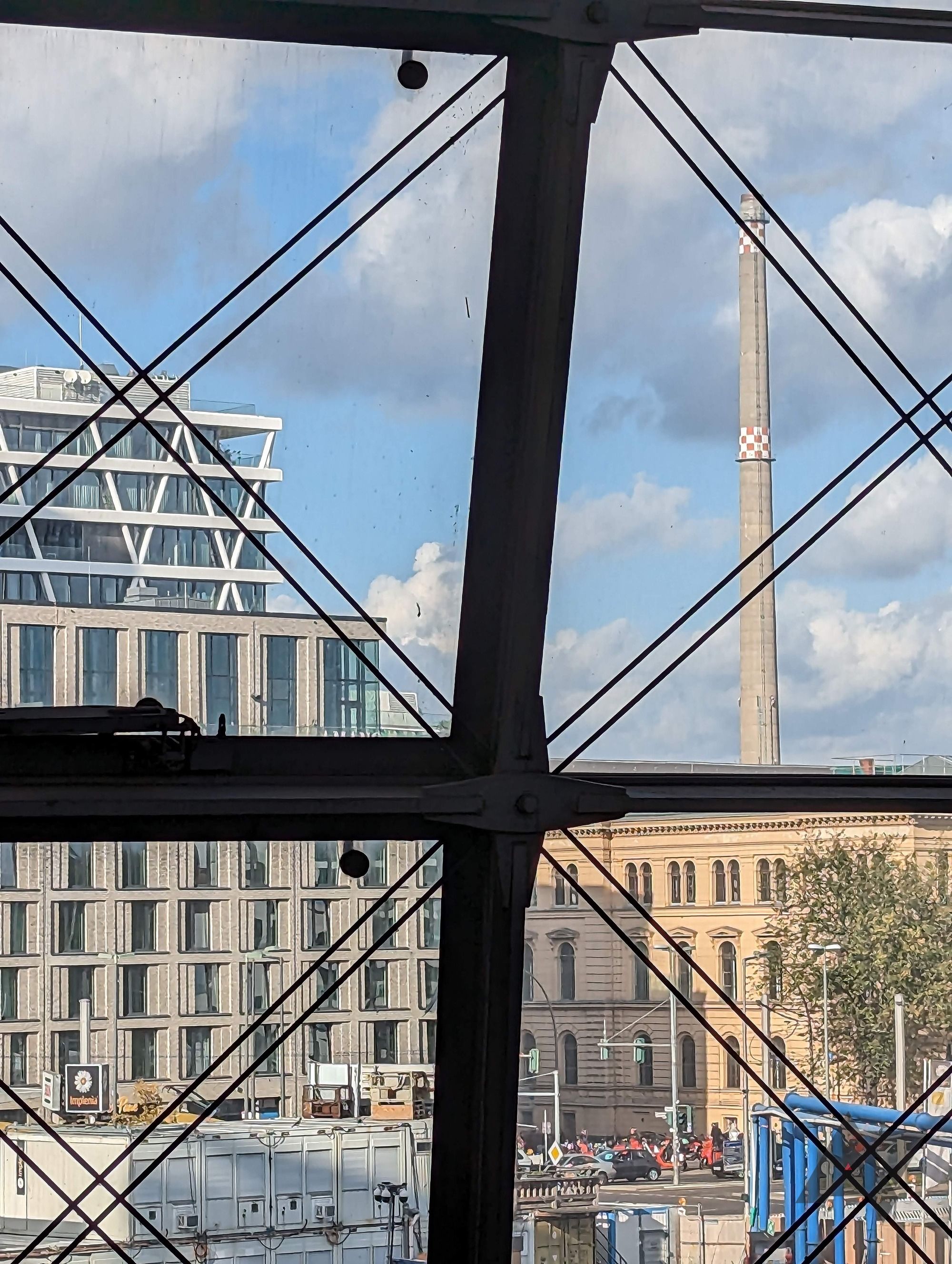
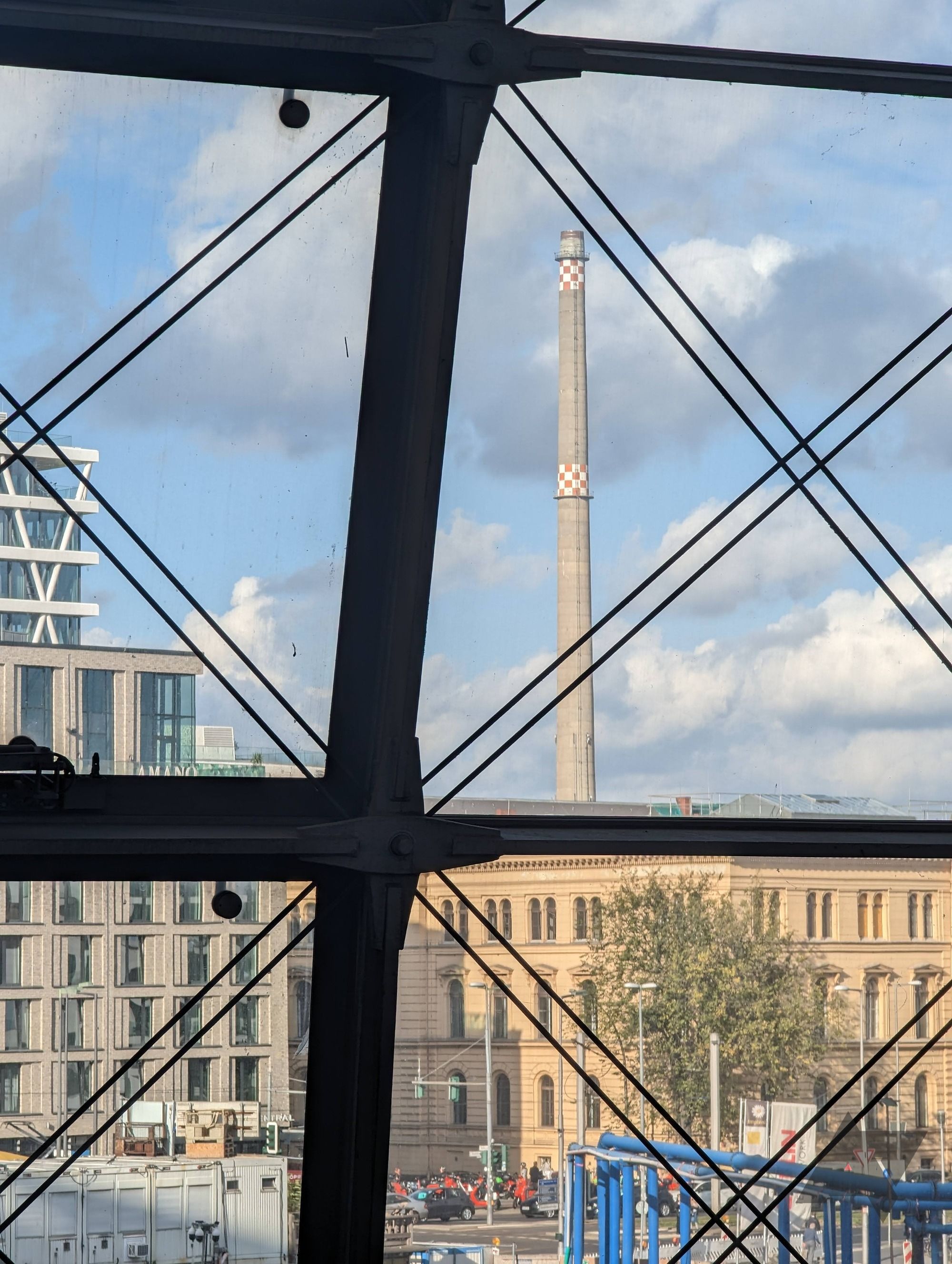


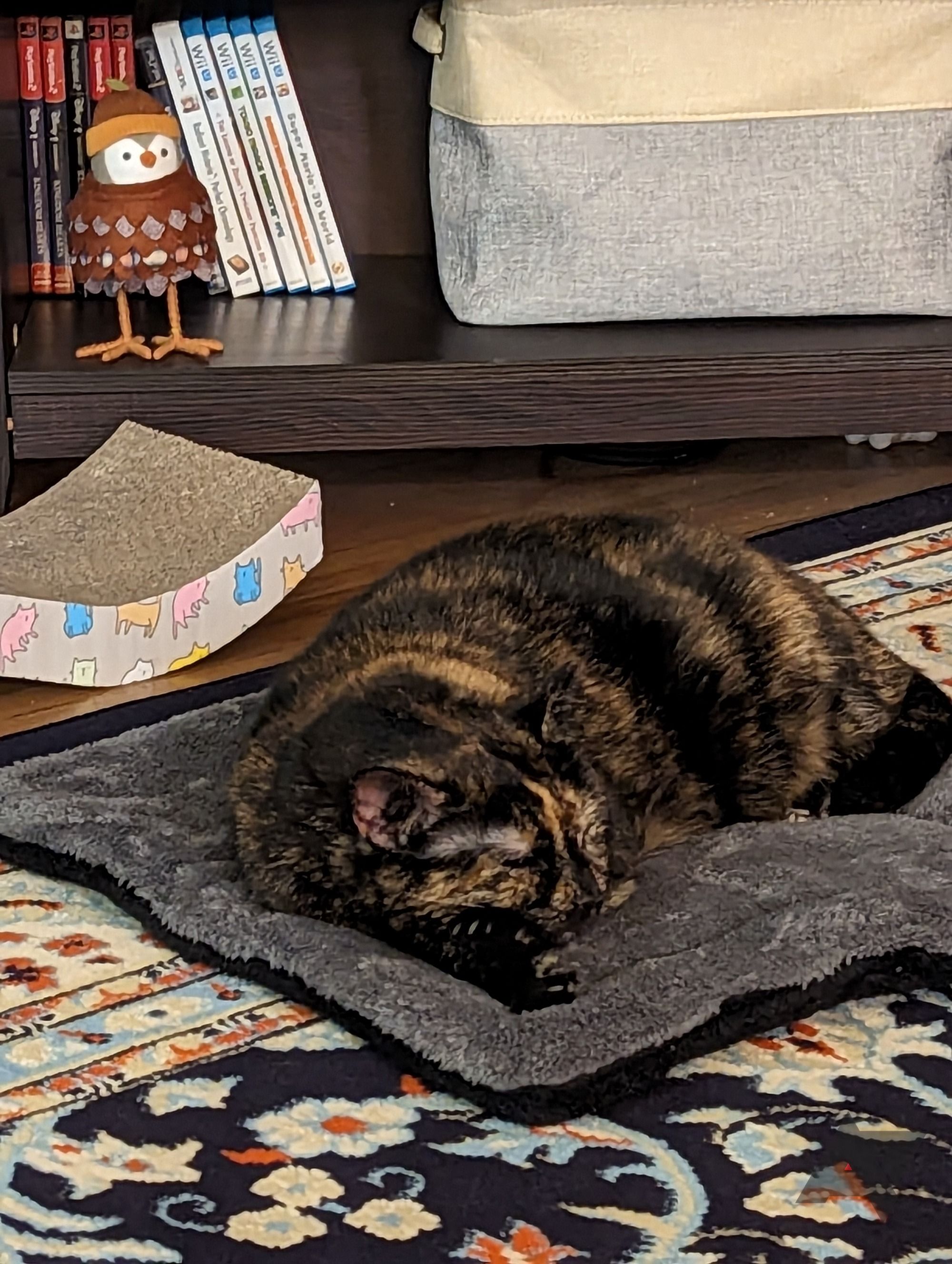
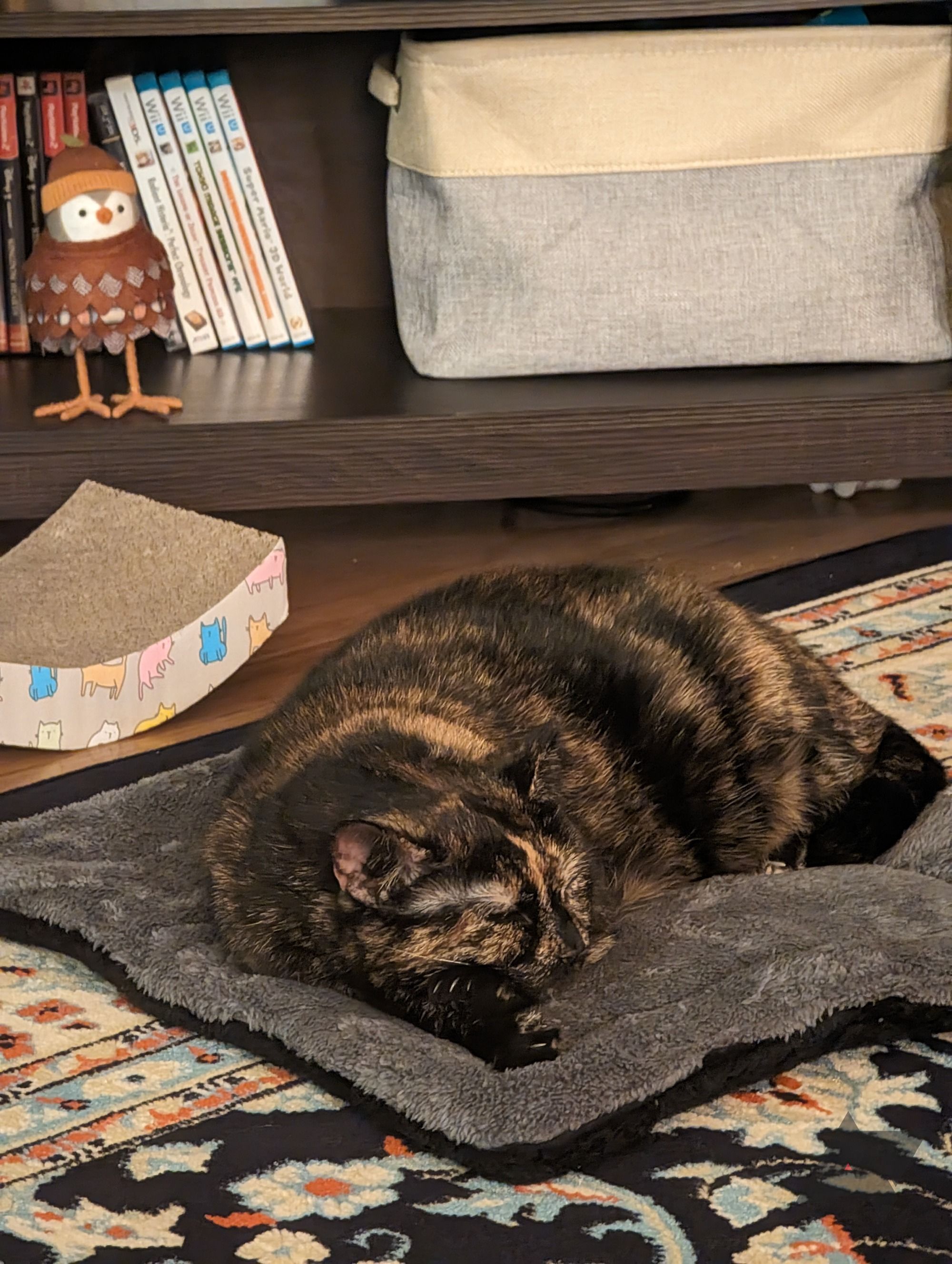
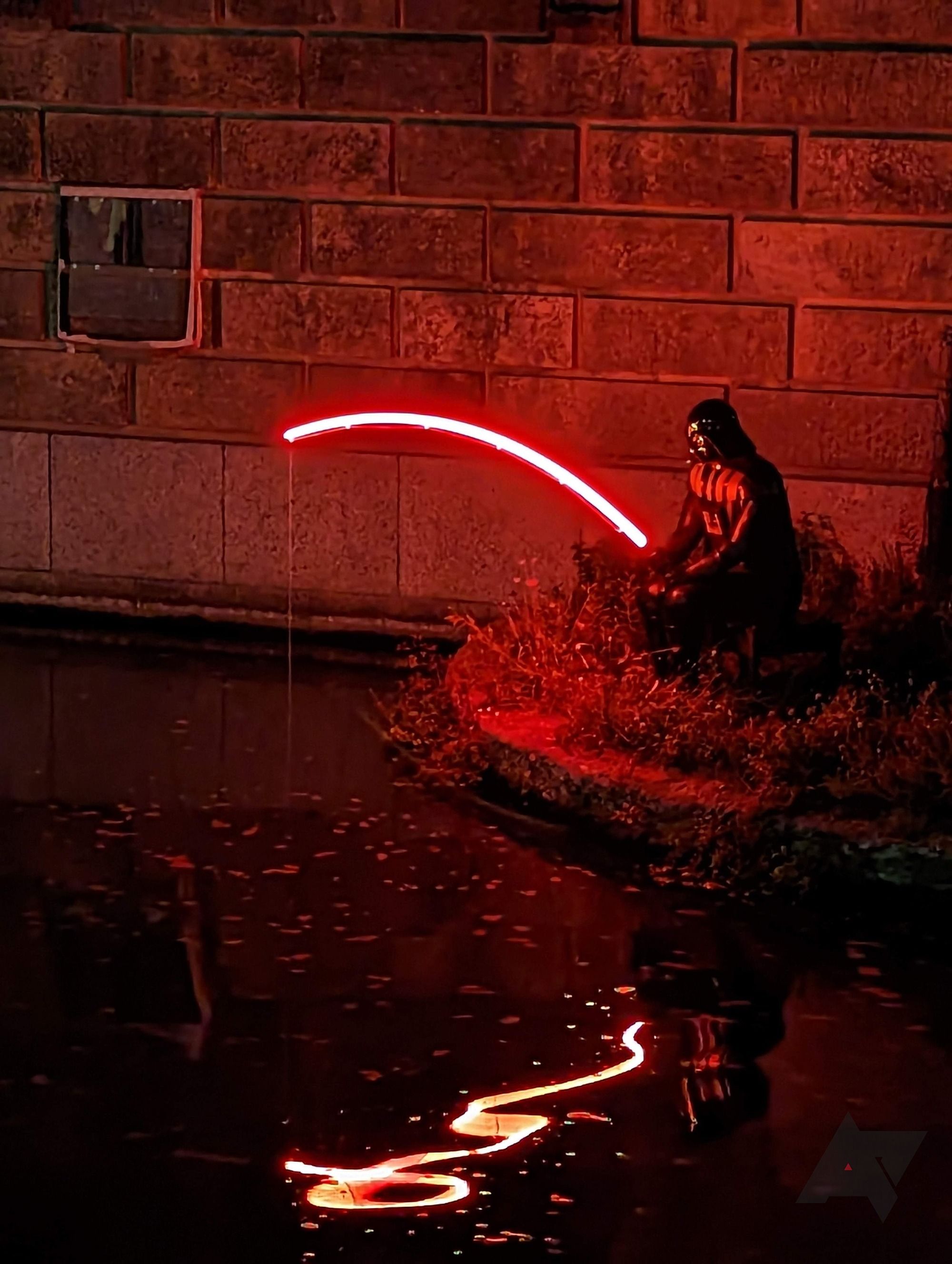
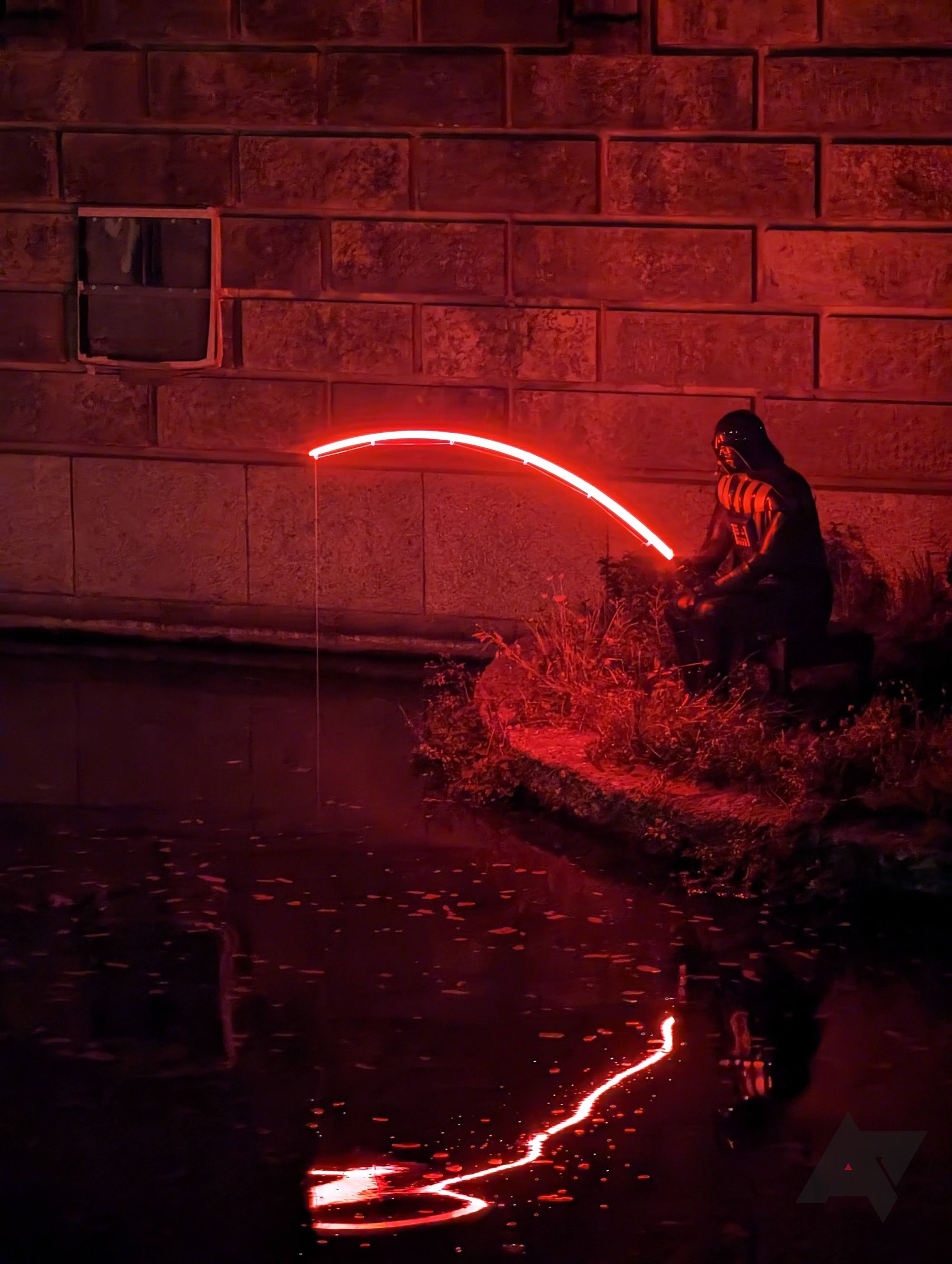
A lot of these photos speak for themselves. In every case, the Pixel 7 Pro captured more detail than the Pixel 7 could ever manage. Consider the detail in the glass rim in the first two photos. The Google Pixel 7 Pro's telephoto lens captured the light's reflections with more texture than the Pixel 7's shot. In the second pair, the Pixel 7 seemed to perform well in capturing the brickwork in that building, but it's a muddy mess compared to the Pixel 7 Pro's work. The lines along the building, the Roman numerals on the clock, and the leaves in the lower-left corner look much better with the 5x lens.
The third set of photos is the only group that looks relatively unchanged between the Pixel 7 and the 7 Pro. Because the building was framed through a window, it's far enough away that any loss in detail is better camouflaged. For example, the building to the left side of the image looks crisper on the 7 Pro, but it's only identifiable if you're willing to zoom into the shot.
The other three sets — the pumpkin, the cat, and the night shot of Darth Vader — hammer the point home. Whether it's the texture of a pumpkin stem, the fur of a sleeping cat, or the glow of a lightsaber-meets-fishing-rod, the Pro's telephoto lens is better at capturing it. That's not to say that the Pixel 7 can't capture usable images at 5x. Anyone who might need to rely on zooming onto subjects might want to consider springing for the more expensive model.
Which phone takes better photos?
The Google Pixel 7 Pro is a more agile device for capturing the world around you. The real question is whether including a telephoto lens (and a wider ultrawide lens) is worth an additional $300. To some buyers, this is a no-brainer. In our opinion, the smaller Pixel 7 is a more comfortable phone for daily use. It fits easier in your hand and is more affordable. If you can get by without the telephoto lens, it might be worth saving your cash. Or, if you're looking for a cheaper option, consider opting for the Pixel 7a.
The Pixel 7's digital zoom doesn't hold a candle to its bigger brother placed side-by-side in a competition. Still, it's not bad if you're looking for something that can capture reliable images for social media. And either way, you're getting an awesome main camera.
Taking the best photo isn't all about the camera. Up your photography game with our tips on how to take better photos with your Android phone.
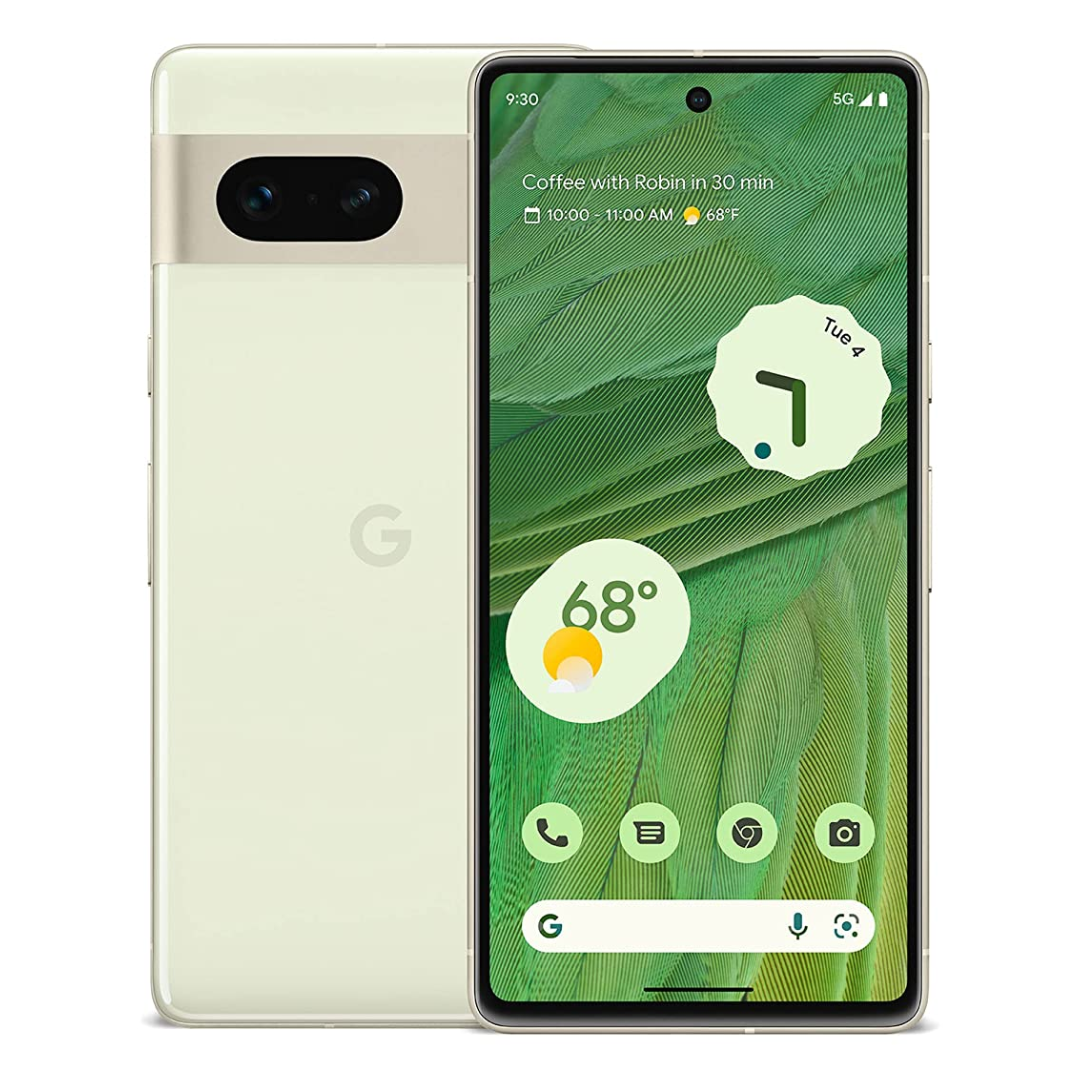
Google Pixel 7
Google did not reinvent the wheel with the Pixel 7, but there was no need to. With improved cameras, the next-gen Tensor G2 chipset, and Google's wonderfully feature-filled software, the Pixel 7 earns its price tag again this year.
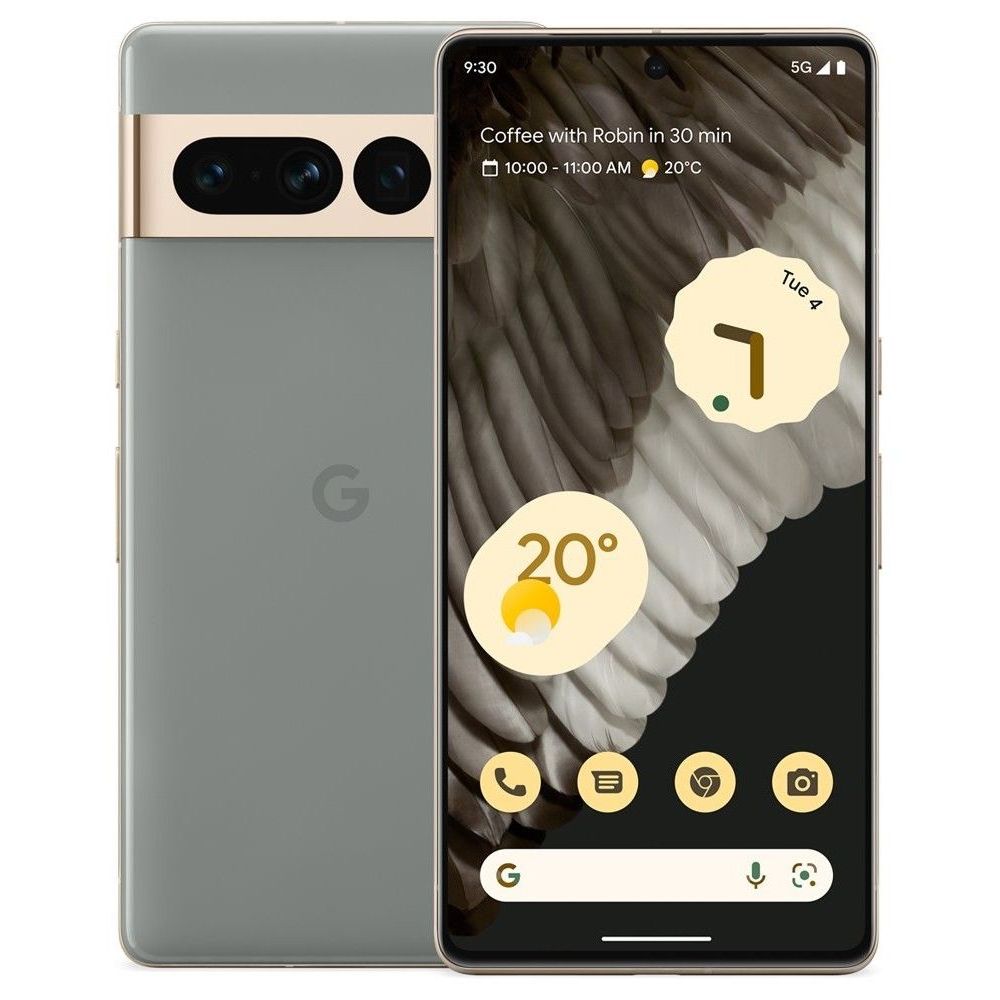
Google Pixel 7 Pro
Google's Pixel 7 Pro refines the Pixel experience after the 6 Pro's initial stumbles last year, improving stability and taking the camera prowess to new levels with image fusing and 4K60fps video on all cameras. 30W fast charging and Pixel's addictive features like automatic Call screening and Pixel recorder help make the Pixel 7 Pro an alluring phone even as an iterative update.

